Photoessays by MST
There’s nothing so British as a cup of tea: A drink that is made a plant that is grown in India, or China, harvested and dried in the sun, then brewed in boiled water, into which we also add the crystalline form of a sugarcane, grown in the Caribbean, along with heat-treated milk from a local cow. We put the milk in the cup first to heat the milk evenly, so that the proteins do not denature and clump together, altering the taste.
Few things are as absurd, and everyday, as a cup of tea.
Personal Documentary Photography and Essays
by Michael Simon Toon.
Friends & Family 1993-2000
From 2004-2012, I rarely used, and didn’t own, a camera, not even on a cell phone, and not just because I don't use a cell phone. That’s not remarkable by itself, but it is just a little bit strange, considering that I was a professional photographer for several years, as well as an obsessive, even compulsive, photographer, since I as 14. At age 21, David LaChapelle once said to me, at a party, after seeing my photographs, “Wow. You really are good,” which was a short but wonderful compliment, from the highest paid photographer in the world. Now, the act of holding a camera feels like a reunion with my first love.

I started taking photographs before the age of digital photography, in 1990. I was 14 years old, and spontaneously had the desire to photograph anything and everything. My first camera cost £20 ($30) brand new. It was a Russian Lubitel 166U, and as inexpensive as it was, it still used medium format film (much larger than 35mm) and produced excellent images. Medium format cameras were specialized and most of them cost thousands of dollars. This camera definitely had some idiosyncrasies for its very reasonable price tag. but it was perfect for any keen student of photography, and helped me to gain awareness of every aspect of the photographic process.
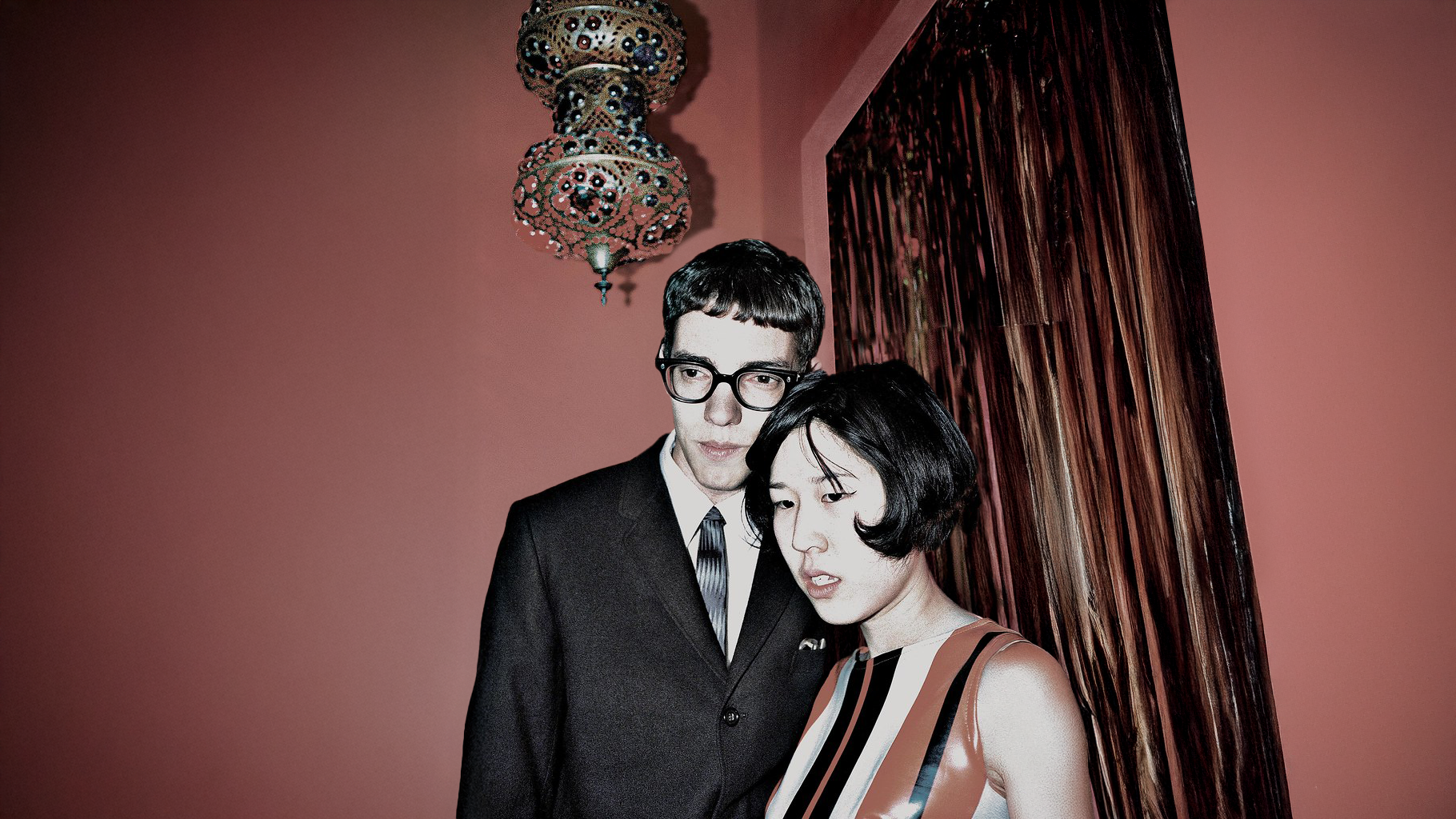
The 166U was entirely mechanical, so it required no batteries, which also meant that light needed to be measured with a seperate light meter. All the controls needed to be operated manually, and the film needed to be loaded in the dark for best results. The winding on the film had to be ‘remembered’ and the amount of winding needed to be judged, by using a tiny red plastic window that allowed you to see the advancing of the film. This meant that some pictures could overlap on the negative roll, or in cases of forgetfulness or confusion, be unintentionally double exposed.
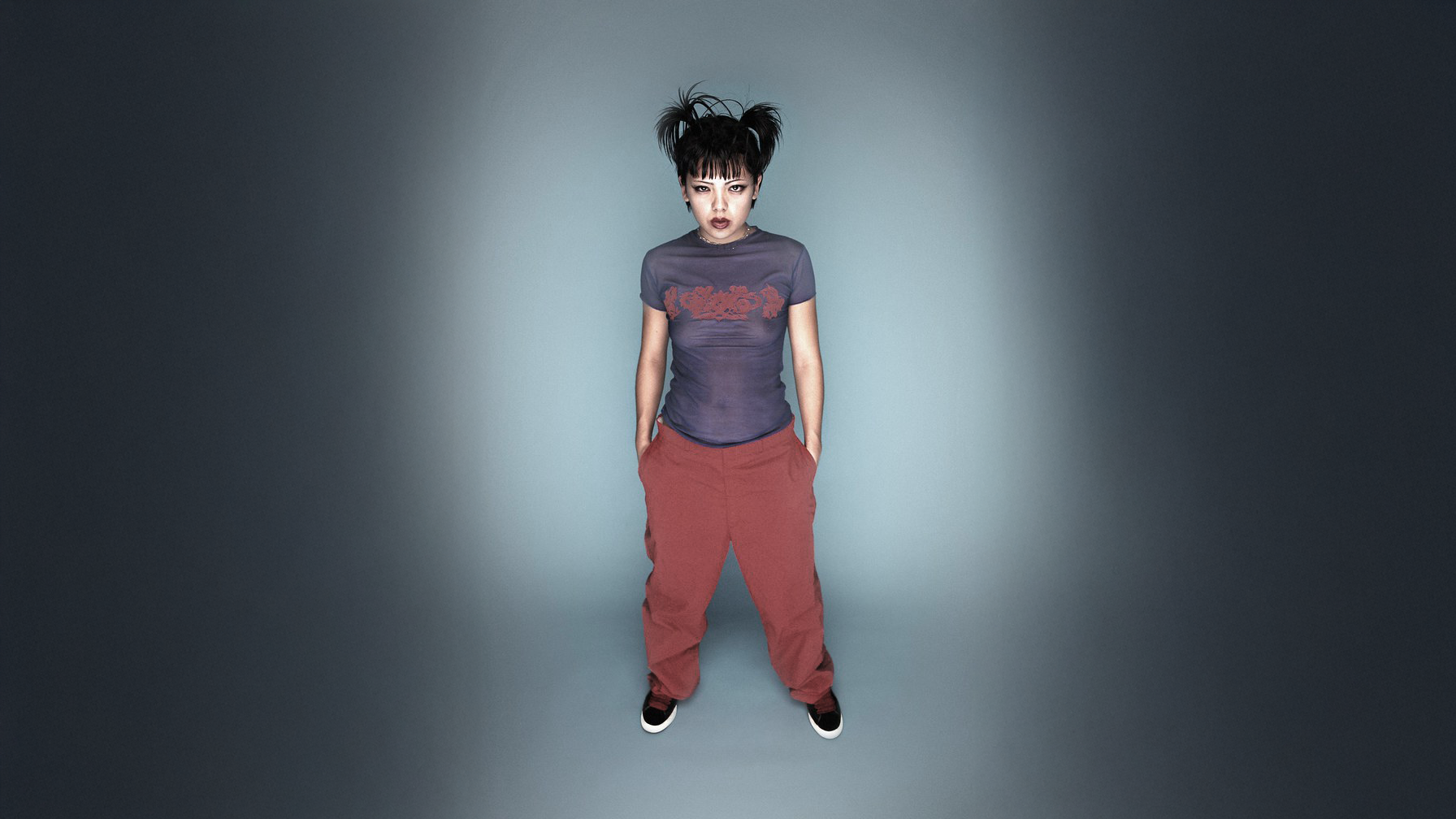
I used to develop the exposed rolls of film at home, using chemicals that could only smell good to those that truly loved photography. After I had hung the negatives to dry just like laundry, and they were flat and smooth with no wrinkles or water stains (which would mean that they hadn’t been rinsed properly), I would make prints from the negatives using an old rusty enlarger (bought from a thrift store, also for £20), using more even chemicals. I could only print at night, when there was no daylight to leak through the kitchen windows, which I covered with blankets and tape.

Before the days of Photoshop, most images would still need to be corrected or ‘enhanced.’ Even if there were no water stains, scratches or dust on the transparency or negative, a picture would rarely come out perfectly the first time. Controlling of contrast was done using colored filters, or using different grades of paper. Light and dark areas of prints needed to be balanced or compensated, using the darkroom operator’s skills with shadow puppetry and creative mask making. Whenever I had been developing and printing photographs through the night, by the morning, the house was filled with a web of clothes lines, with drying photographs hanging from them. It was a long and involved process, and I loved every minute of it.
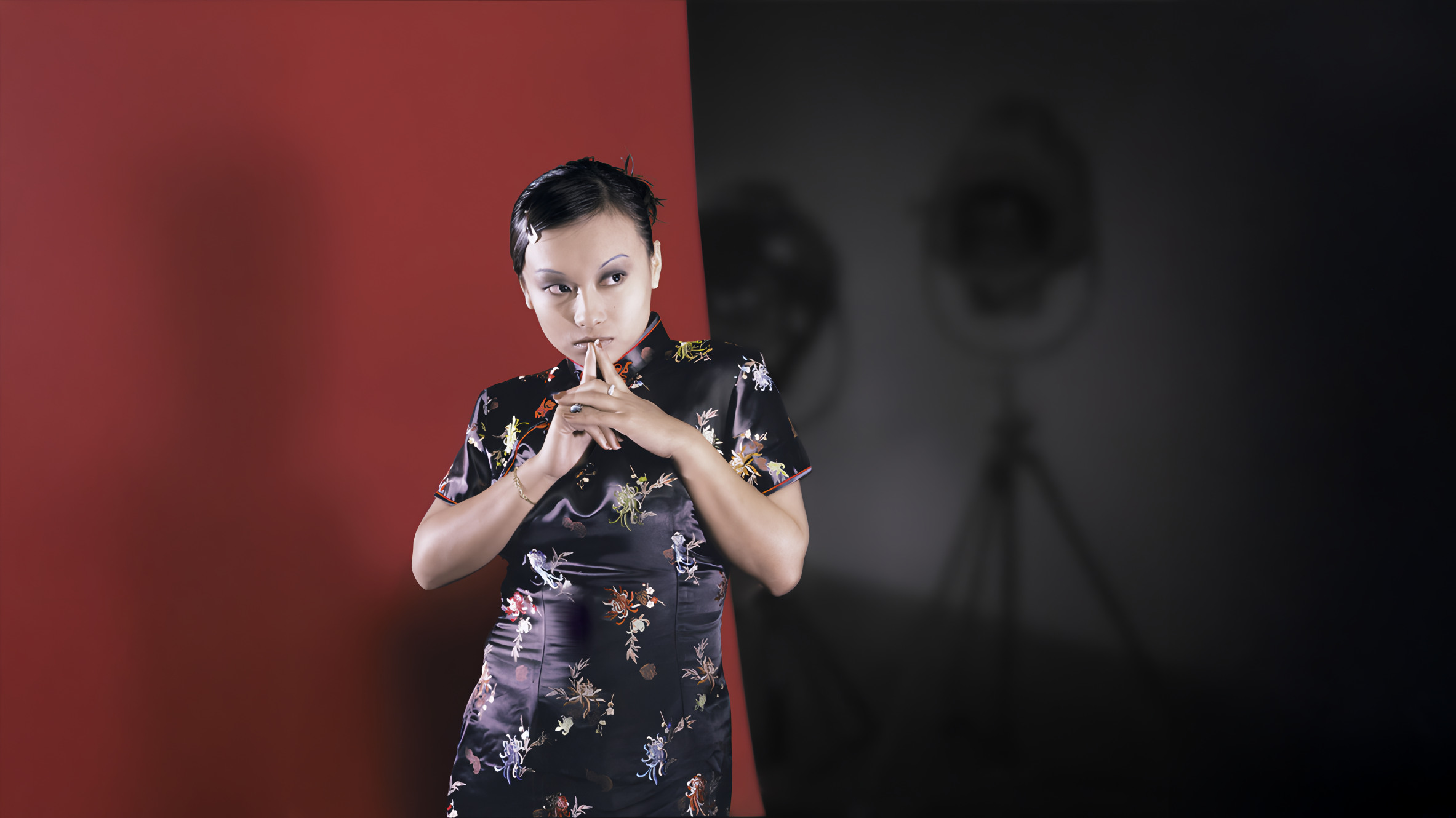
At 14 years old, my school became my first clients. For every school event, sports team, play, and group portrait, I took photographs, developed the film, and sold prints to every person, in every picture, making money from every print sold. At 15 years old, I was commissioned to produce all the pupils’ year photographs, and even a portrait of the headmaster in his office. By that time I had graduated to using a more professional camera, and I would use full studio lighting on location. At 16, I went to college to study photography and design, and I worked as a photographic assistant to a commercial studio. I photographed everything that needed photographing in the industrial city of Birmingham (England’s Detroit) for print advertising and editorials: widgets, washers, screws, oil-filters, microchips, springs, cars, car parts, guns, tanks, and even the machines that produce them all. Everything and anything that is manufactured, also needs photographing.
Flower Exploration 2024
Home and Away 1999-2019
“I was born in Walsall.” Many of us from Walsall say that with pride. For those of us that were born there, it’s a part of our identities, We know the town for what it is, yet we remain proud, and not just because we feel lucky to have survived being born in the local hospital, which has the highest mortality rate in all of the UK. The writer Theodore Dalrymple described Walsall as “the ugliest town in the world... Ceaucescu's Romania with fast food outlets.. in the middle of one of the largest and most depressing contiguous areas of urban devastation in the world.” He’s not wrong. Welcome to Walsall.
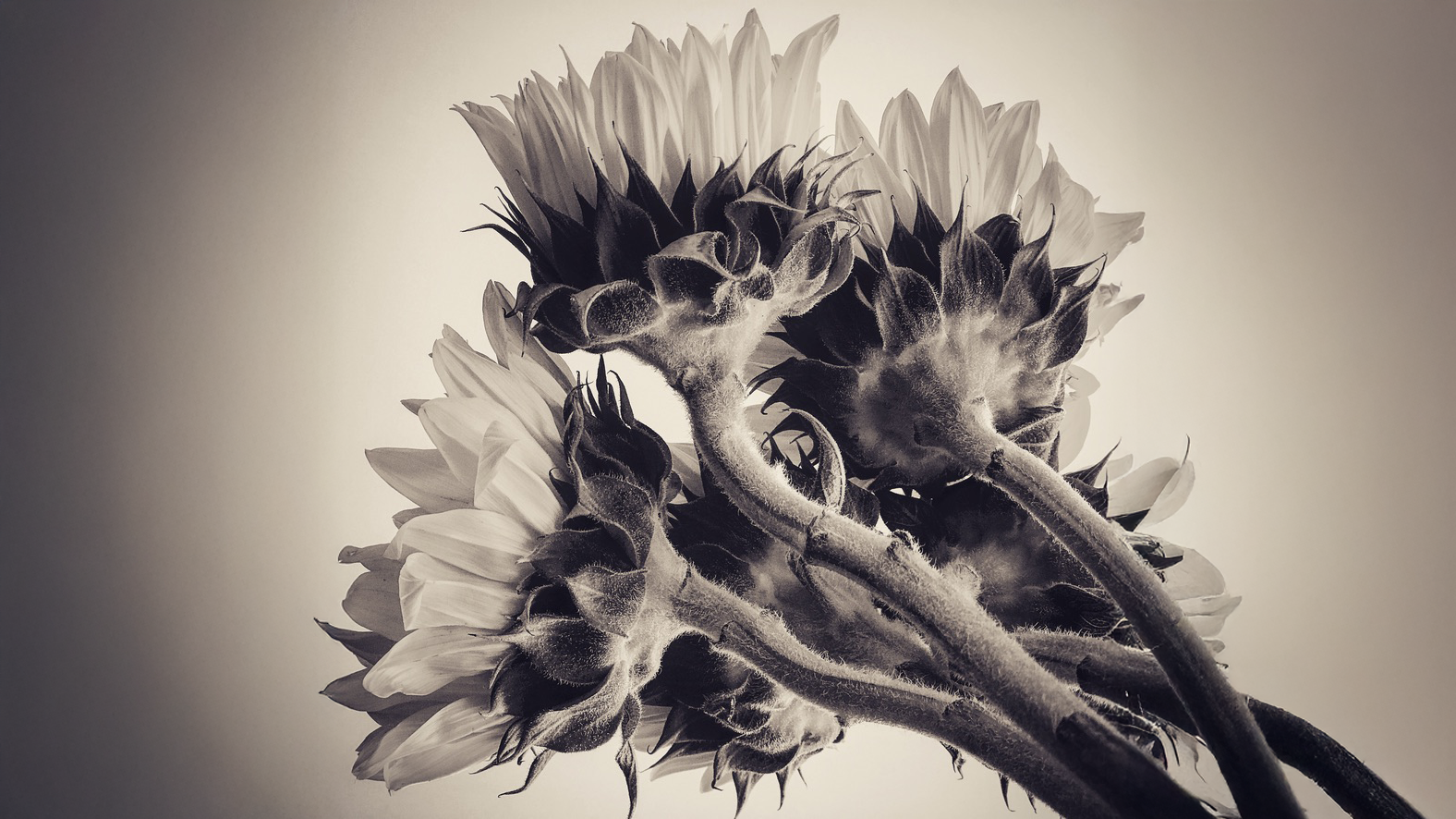
Theodore Dalrymple said this in an article he wrote for New Jersey-based publication, New Criterion. He was promptly responded to with a message from Walsall, via the press. That message was this: “Don’t ever come to Walsall again,” which is sound advice anyway, for absolutely anybody that’s not from Walsall themselves. The locals are able to sense interlopers. Perhaps they see something in their eyes; the faint presence of hope and innocence still remaining. There‘s none of that here. Theodore Dalrymple also wrote seperately that, “Poverty does not explain aggressive, criminal and self-destructive behaviour. In an African slum you will find among the very poor, living in dreadful circumstances, dignity and decency in abundance, which are painfully lacking in an average English suburb.” This rings painfully true.
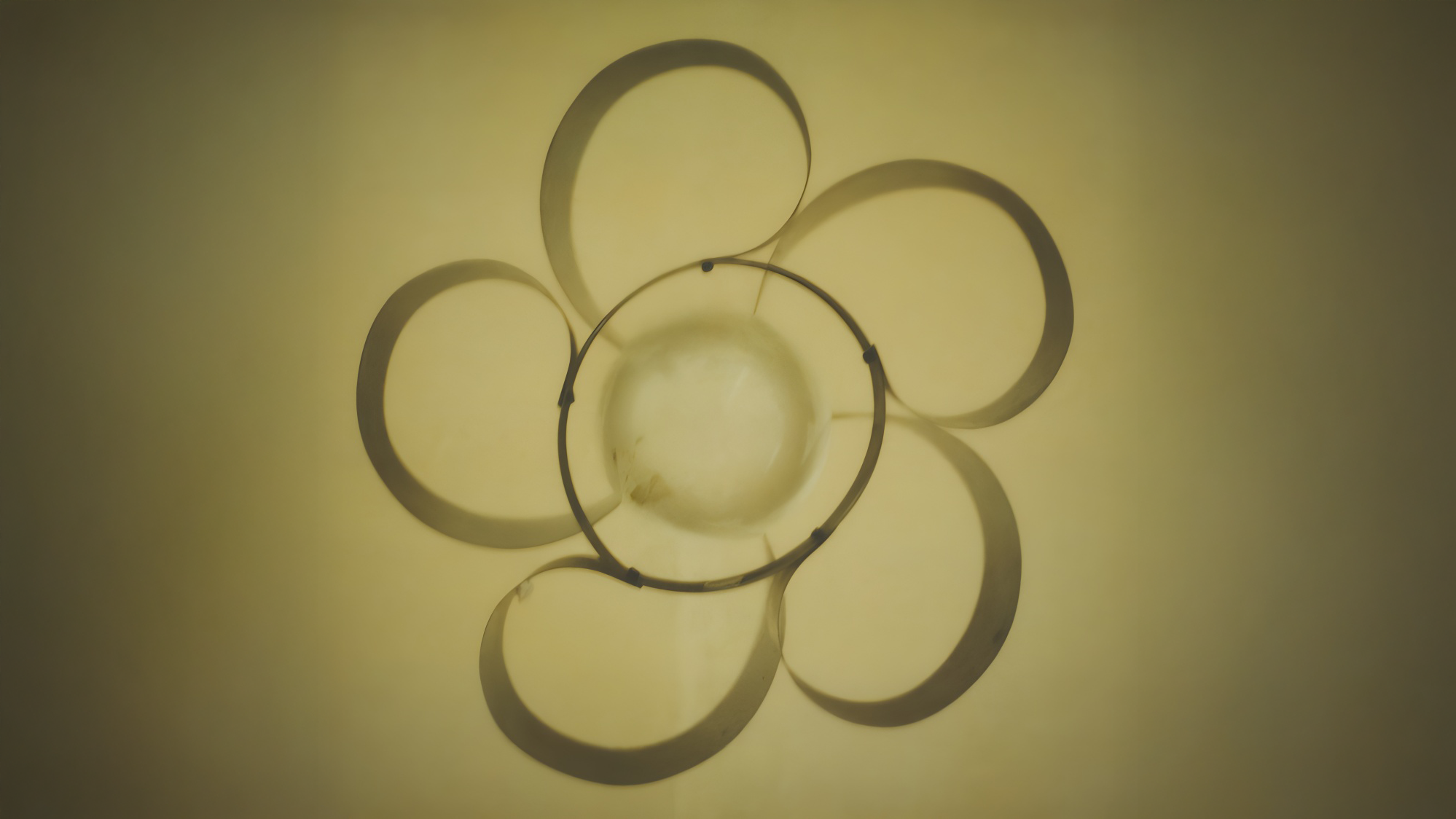
People that were born in Walsall are much safer within its borders. We’re a collection of feral children, huddled together for comfort. We were born there, we can navigate its dangers and rules. Even so, in 1996, my mom’s boyfriend (now deceased) had acid thrown in his face, just outside of our home. His skin fused with his clothes, and weeks later, he had to have an eye removed. Acid is a common weapon in the UK, as firearms are illegal, and acid is inexpensive and untraceable. When he asked me, who I thought had done it, I said only that, “It could have been anyone.” - He got drunk every day, and never had a job in the time that I knew him. I would never wished it upon him, or anyone, but I had no feelings about it one way or another. My father (now deceased), quite casually, told me that he knew who did it, and that I was, “under no circumstances, to do anything about it.” I said only that, “I wasn’t thinking about it. I don‘t like the guy anyway,” and that was the end of the conversation.
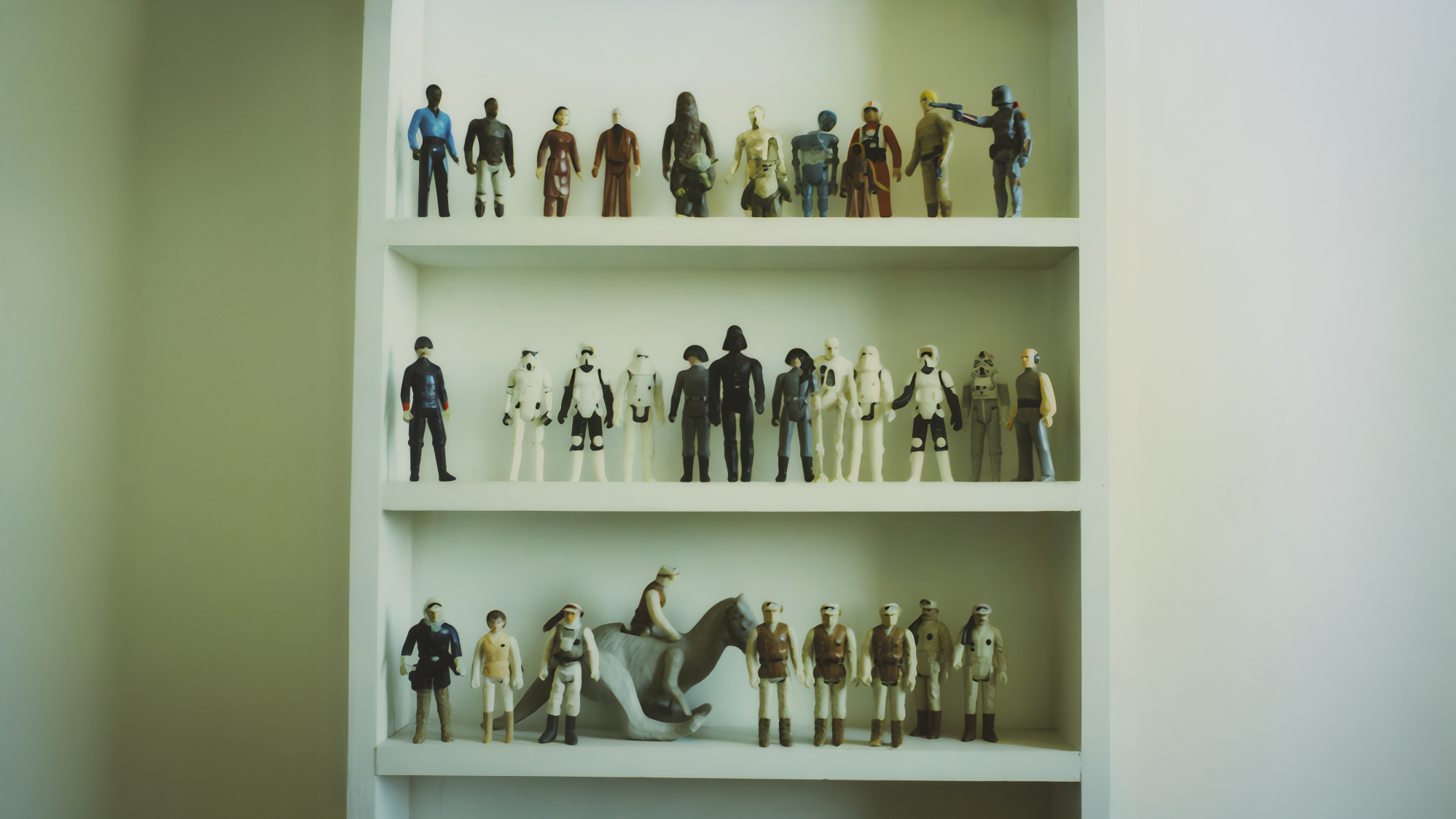
There are poorer places in the world, countries where there is war, bloodshed, famine and economic collapse. They may still have a better view, or at least nicer weather. In the Midlands, the temperature ranges from below freezing to never-quite-warm. The sun is constantly shielded behind a white blanket of impenetrable cloud - perfect conditions for the damp and mold which destroys the buildings and souls that live in them. It’s not the worst place the UK. It ranks only third place for crime and unemployment. Highest ranking is Moss Side in Manchester. They still have better hospital. When my brother sprained his ankle, I drove him to the rich peoples‘ hospital in the neighboring town. When he was rushed to our own local hospital due to an aneurysm, they had a 20-minute window to save his life. They took 40 minutes, and I lost the most wonderful person I ever knew. He officially died of natural causes, age 17.
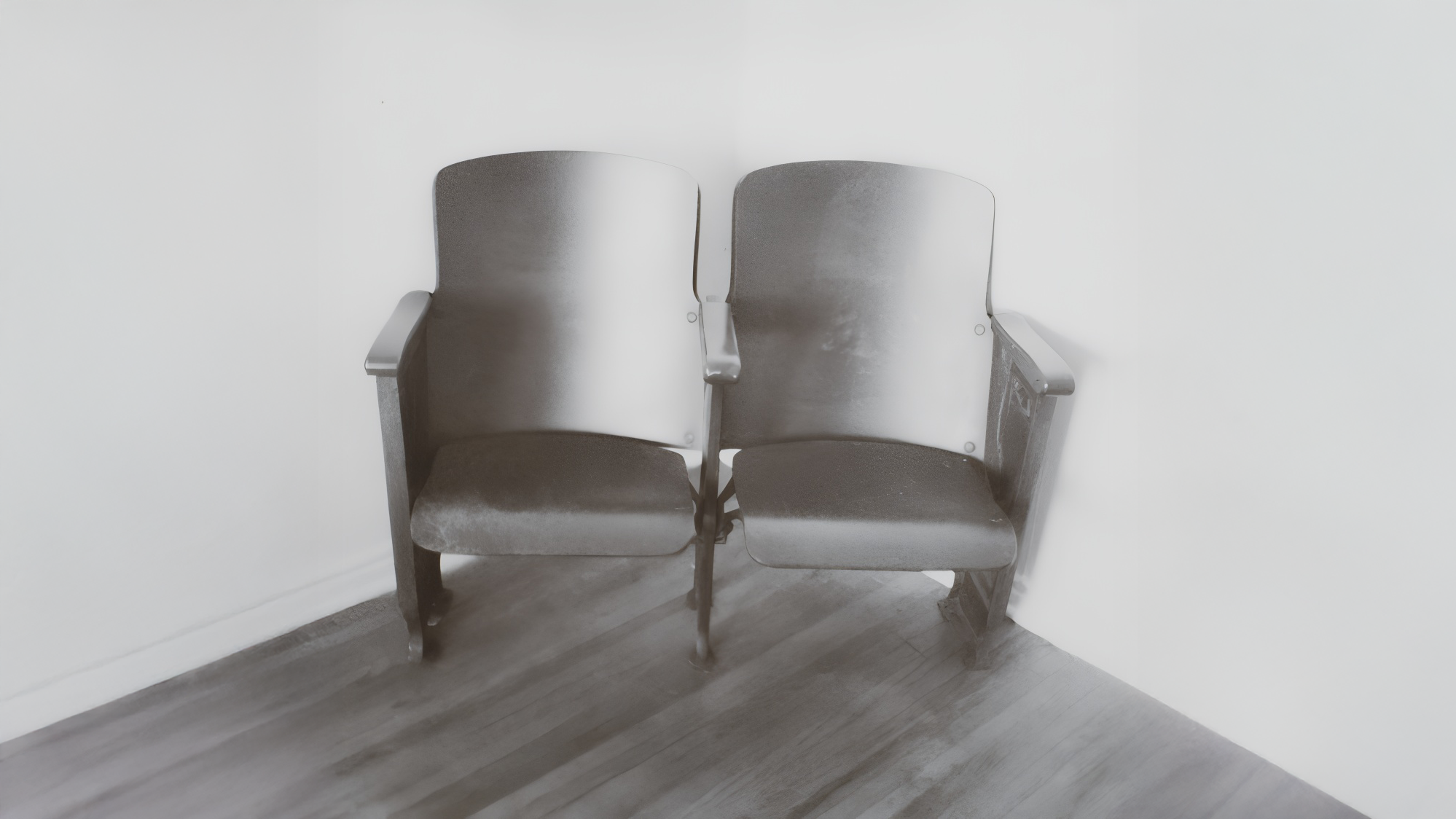
In keeping with Walsall’s spectacular run of dubious record-breaking, it is officially the location of one of the most polluted sites in all of Europe. I have no idea what it takes to qualify a site for that kind of title. Perhaps an old factory used lead or mercury for manufacturing. Maybe Walsall imported toxic waste, I don’t know. Walsall people do seem to have skin that is twice as thick as a normal person, and it’s home to one of the highest performing high schools in the UK. If what doesn’t kill you makes you stronger, is it possible the toxic pollution is producing a race of super humans? Probably.
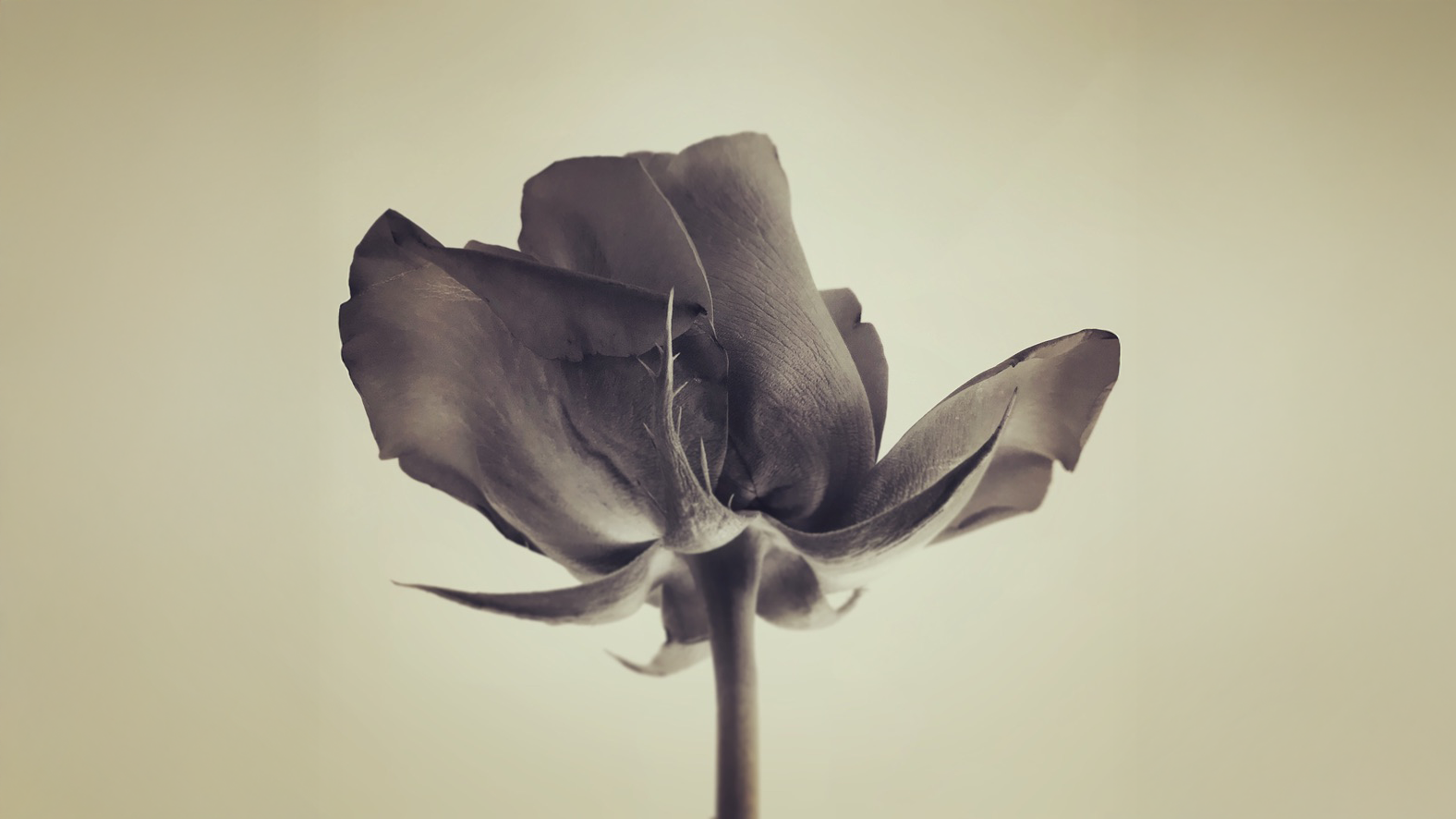
I spent a lot of my youth sitting at bus stops, daydreaming. I never thought about how to escape Walsall particularly. I never thought that there was a better place out there somewhere. For those that listen to Morrissey or The Smiths, you haven’t heard it in its original context, unless you’ve heard it on a personal cassette player while sitting at a bus stop in the rain, in Walsall, or a place like it. Morrissey himself is from Manchester (also birthplace of Joy Division), which has almost the identical landscape. Music with such melancholy and despair is, in part, born of its environment. It provides comfort.
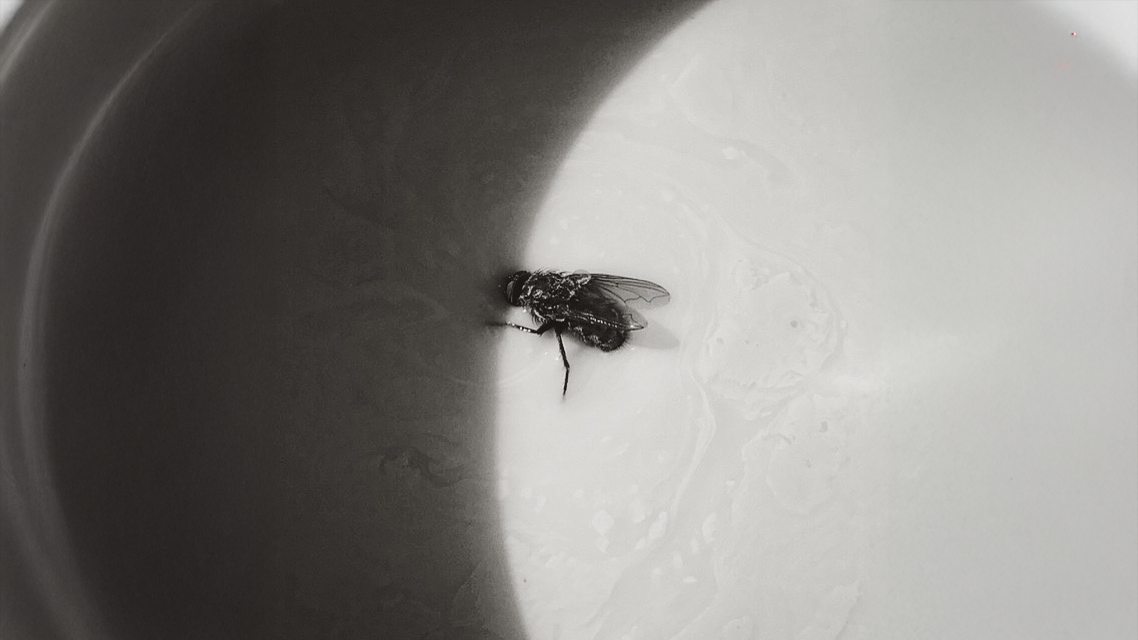
Walsall has its stars too: Boy George, Goldie and Rob Halford of Judas Priest. Zeppelin’s Robert Plant comes from West Bromwich. Steel Pulse is from Handsworth, famous for its riots, half a mile away from our home, The Specials are from neighboring city, Coventry, and Lemmy of Motörhead is from also nearby, but somehow very picturesque, Stoke-on-Trent. I’ve lived in Sheffield, renting a room from Jamies Reeves, the world’s strongest man in 1992, who carried me over his shoulder between bars when I drank too much (when he forced me to drink too much). In Birmingham, I hung out regularly with Duran Duran’s Roger Taylor in his studio; I’ve lived in Ozzy’s old Brum house. Birmingham is famous for its riots, from the 18th century all the way through to the 1960's, 80's, 2000's and the 2020's. In comparison to Walsall, Birmingham is still a paradise, though honestly, still grey and boring.
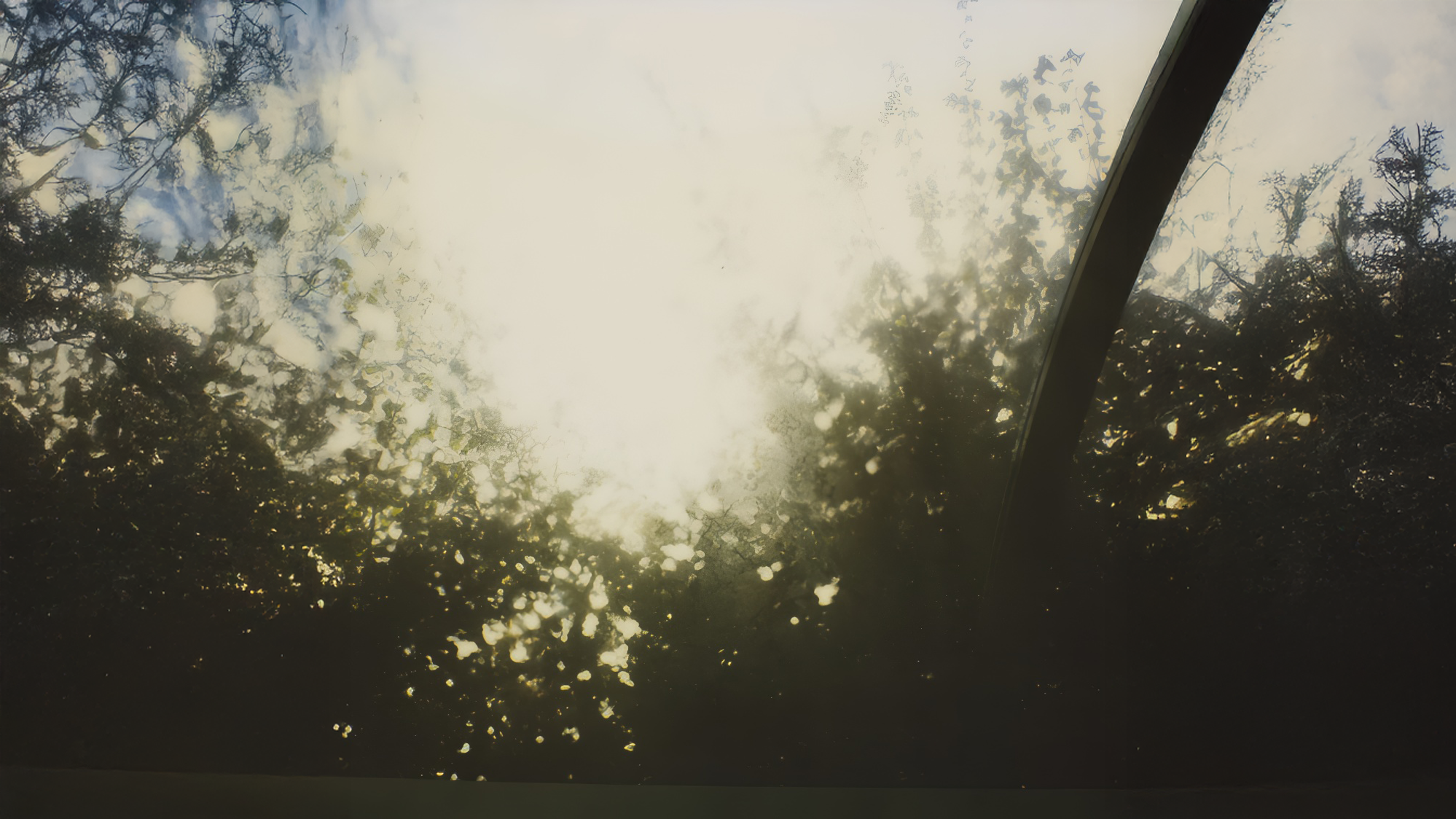
At 19 years old, I went to Los Angeles, inspired by a casual suggestion from my Dad. “You’d probably like it out there,” he said. “You could get work as a photographer.” That was all I needed to hear. It took me no more than a few seconds to fall forever in love with Los Angeles. It was a different world. The colors were brighter, the air smelled sweeter, the people seemed happier and kinder, the food tasted better. I wanted to hug the city, I loved it so much. I had never been so happy, as I was during those first few weeks in Los Angeles. One month after arriving, I found a job, working as a graphic designer.

For people that don’t live in America, Los Angeles needs describing. Americans take for granted their comprehensive knowledge of their largest cities. For most foreigners, LA is just a city in America. If they are particularly knowledgable, they might know that LA is in California, which, is on the left side of the country. English people can be just as oblivious to geography outside its own borders, as America is, or even any other country. It’s only natural to focus on what’s in front of us. I never gave Los angeles much thought before I went there. To me, it was not Walsall, and that was its main selling-point.
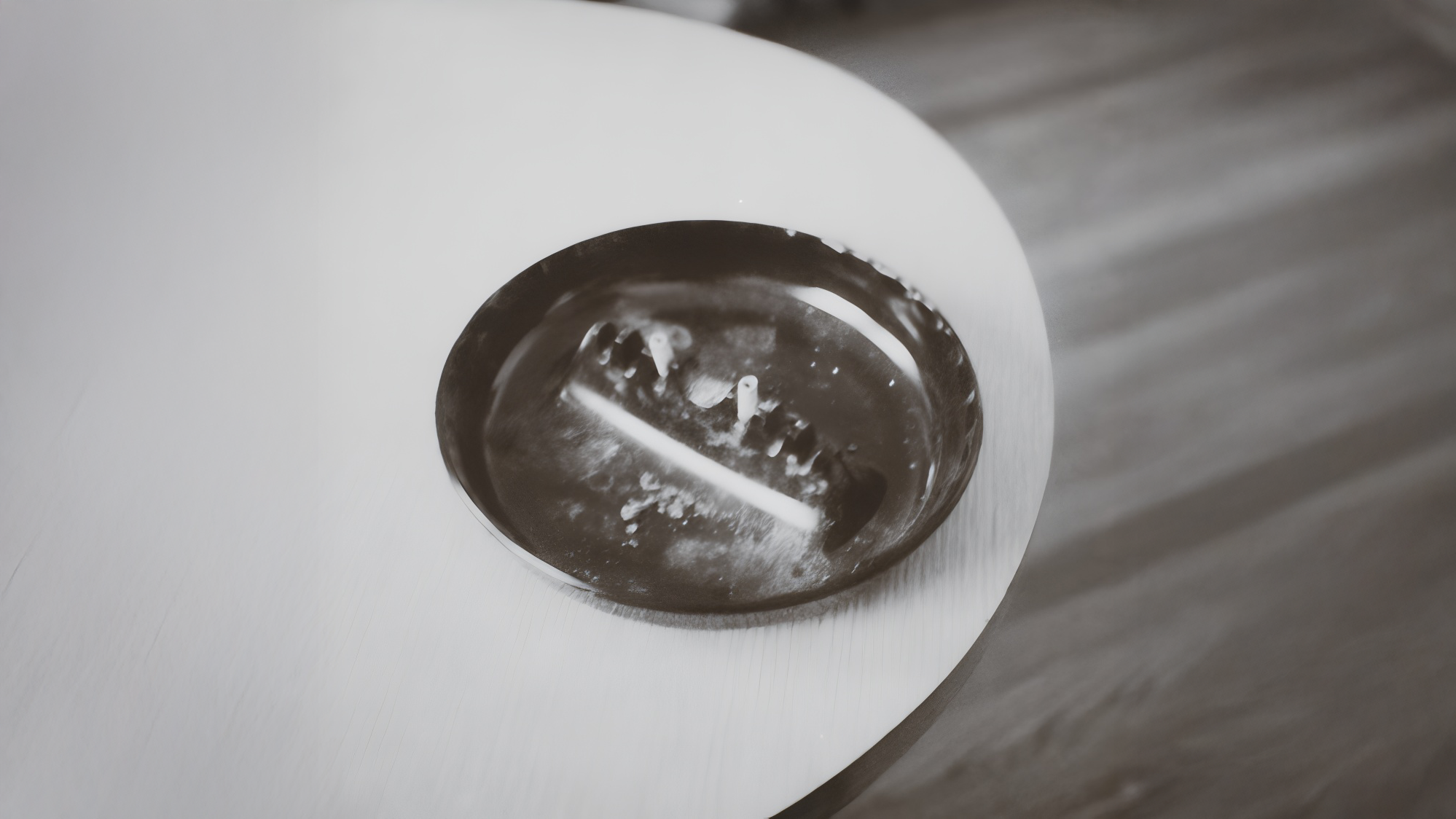
After having lived in Los Angeles, the simple act of watching movies, music videos, television shows and advertisements is an entirely different experience. I can’t help myself from saying, “I’ve been to that restaurant,” or “I’ve lived on that street,” and “I’ve driven down that road.” Hollywood is in Los Angeles, and all the largest film production companies in America are based there. The Hollywood entertainment industry broadcasts its message worldwide, and naturally they use their own backyard to make movies. Wherever in the world you are, switch on the TV and you’ll see Los Angeles.
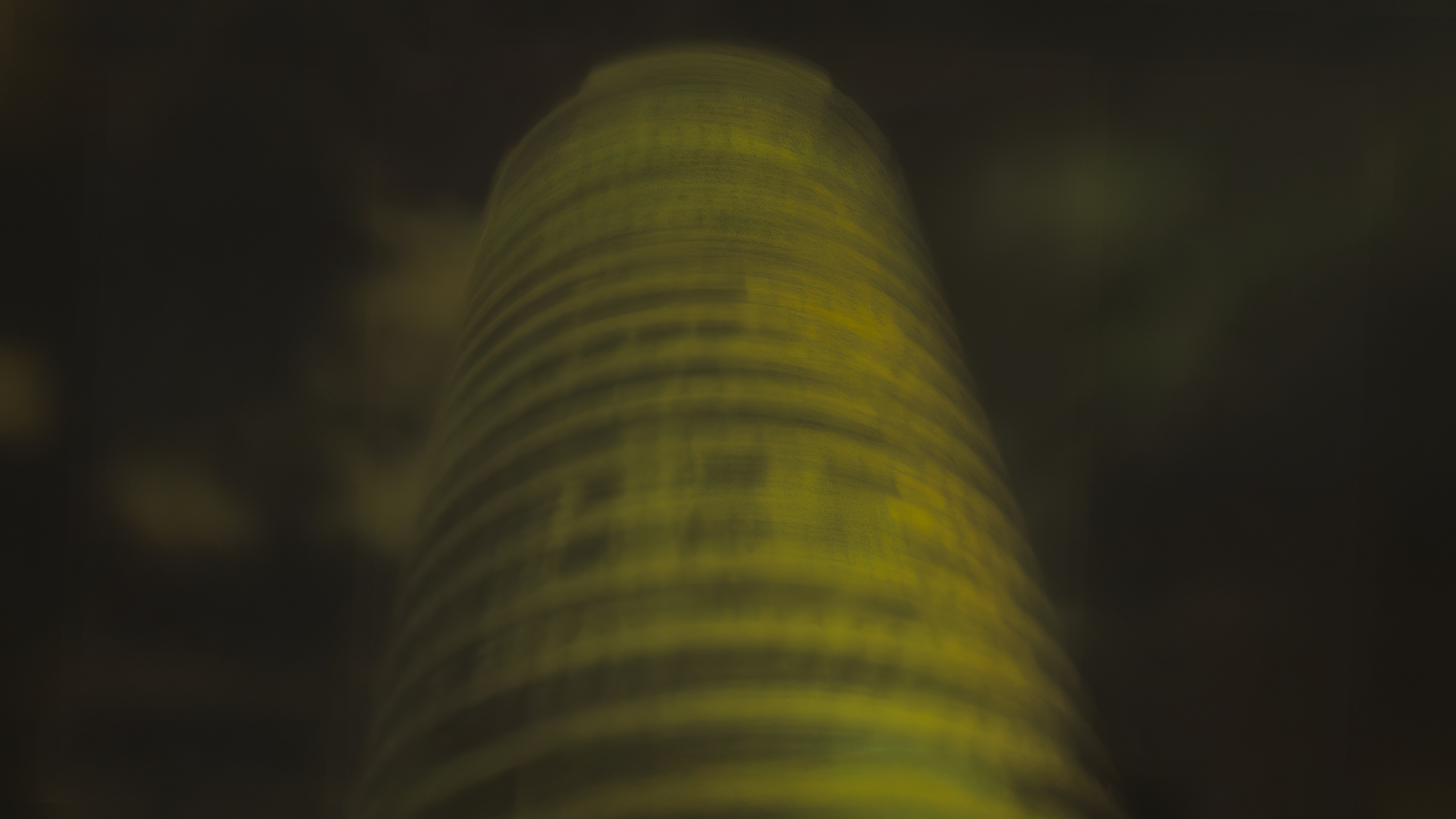
It’s not the movie-making that makes me love LA. California is the final frontier, the wild west. Pioneers still come from all around to stake their claim. It’s the birthplace of the personal computer, surfing, BMX bikes and skateboarding. It’s the home of Facebook and TED. It’s the media capital of the western world, but it has less obvious merits too. For me, Los Angeles has another more important quality that makes it welcoming. For every one person you meet in LA that was born a Los Angelino, you’ll meet another that just wanted to escape their home town, to find a better place. That makes it feel like home.
Face Studies 1993
I took these photographs when I was 16 years old, at Bournville School of Art. I used just one light with a softbox, directly above the subject. There’s something about a big soft-box that makes everything look good. Use a big camera, with big film, and I’d be onto a winner, I thought.
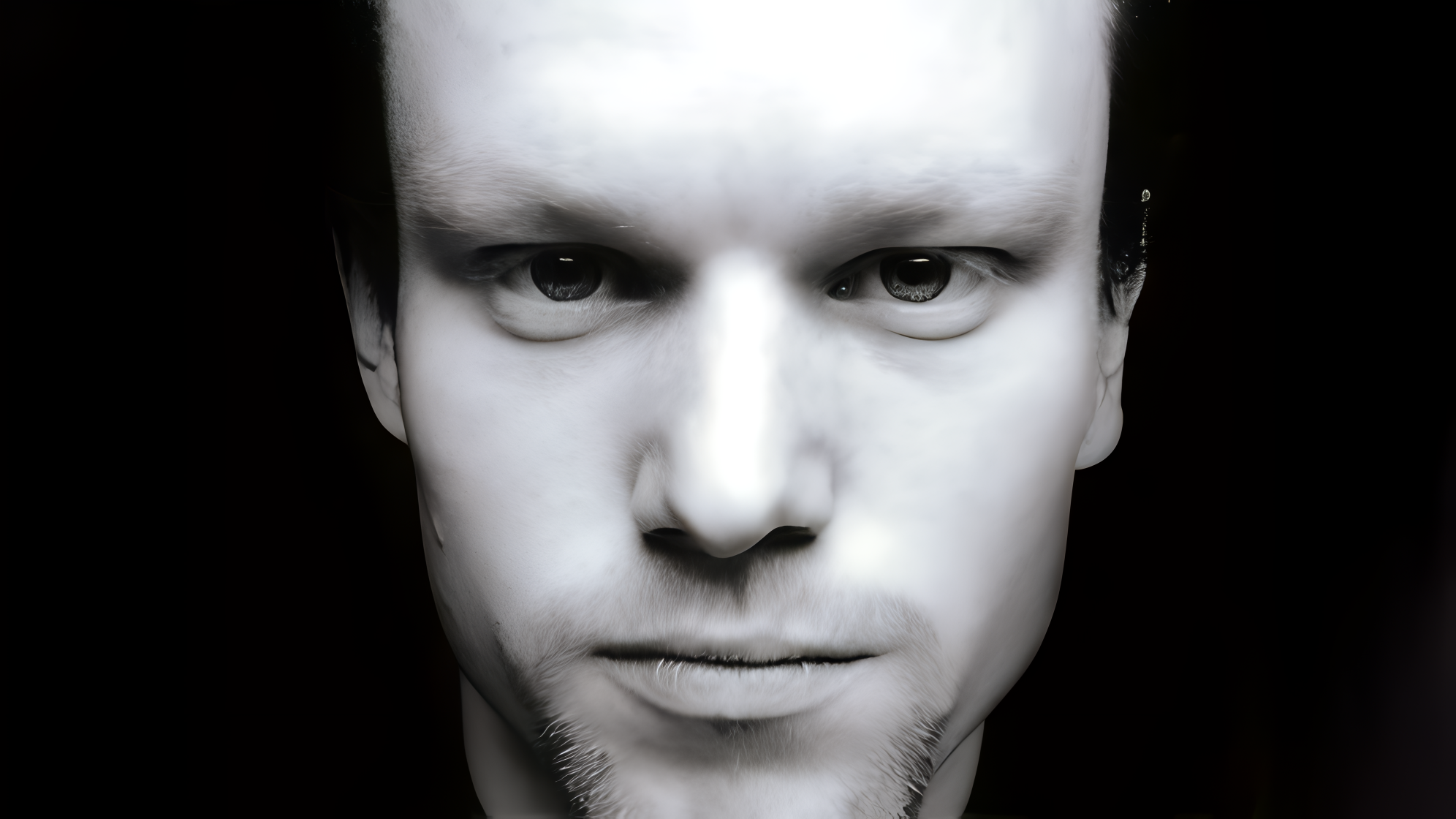
Actually, that’s not necessarily always the case, but it was my reasoning behind taking these photographs. The course director, John Hodgett, said something to me that I’d remember for a long time. He said, “It’s not just what you do photograph, it’s also what you don’t photograph.”
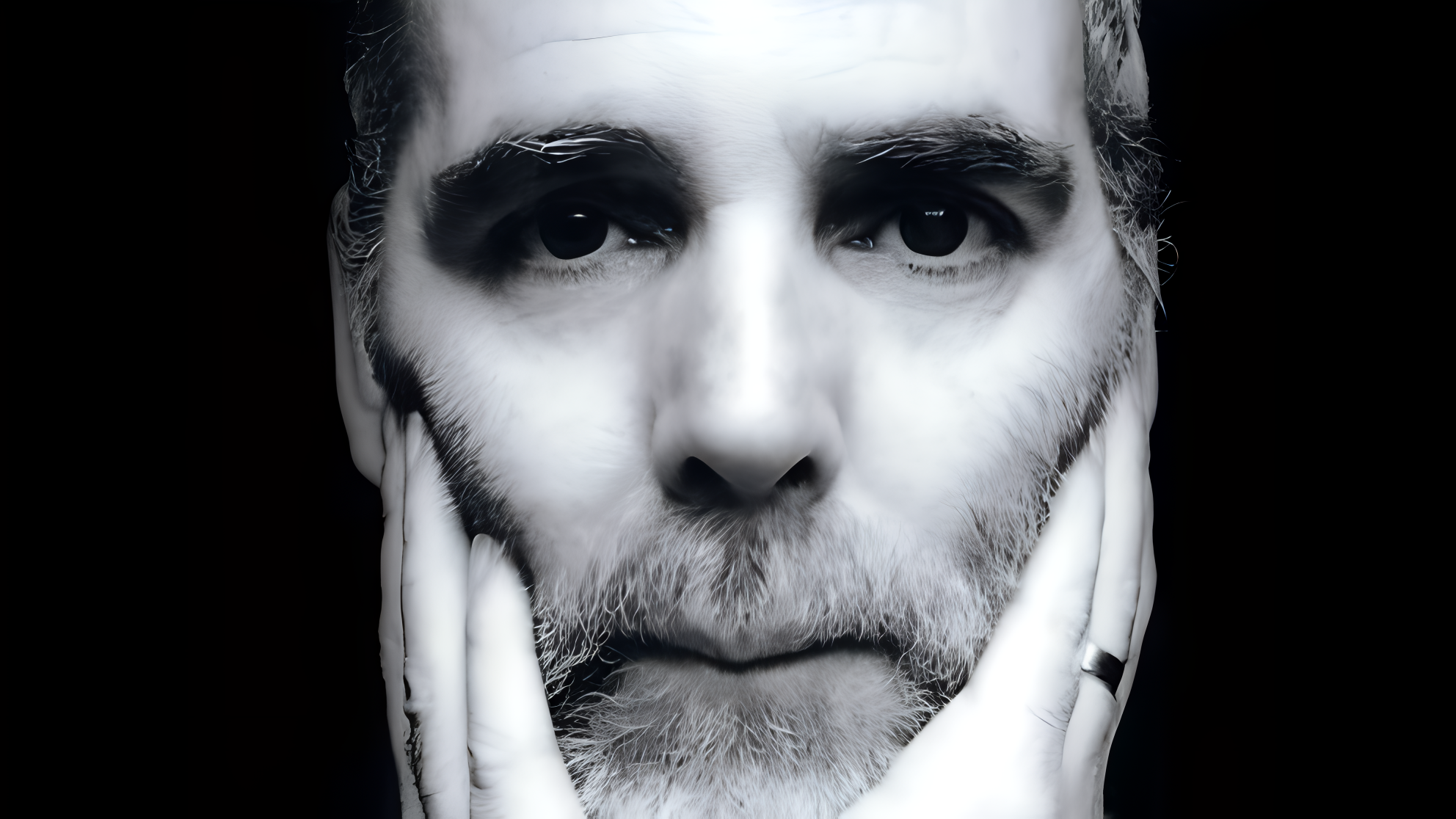
I’ve given that same advice to others, not just photographers. Insert any word in the place of “photograph” and the advice is still sound: “It’s not just what you do say, it’s also what you don’t say.” or “It’s not just what you do, it’s also what you don’t do,” or simply, “What doesn’t add, detracts.”
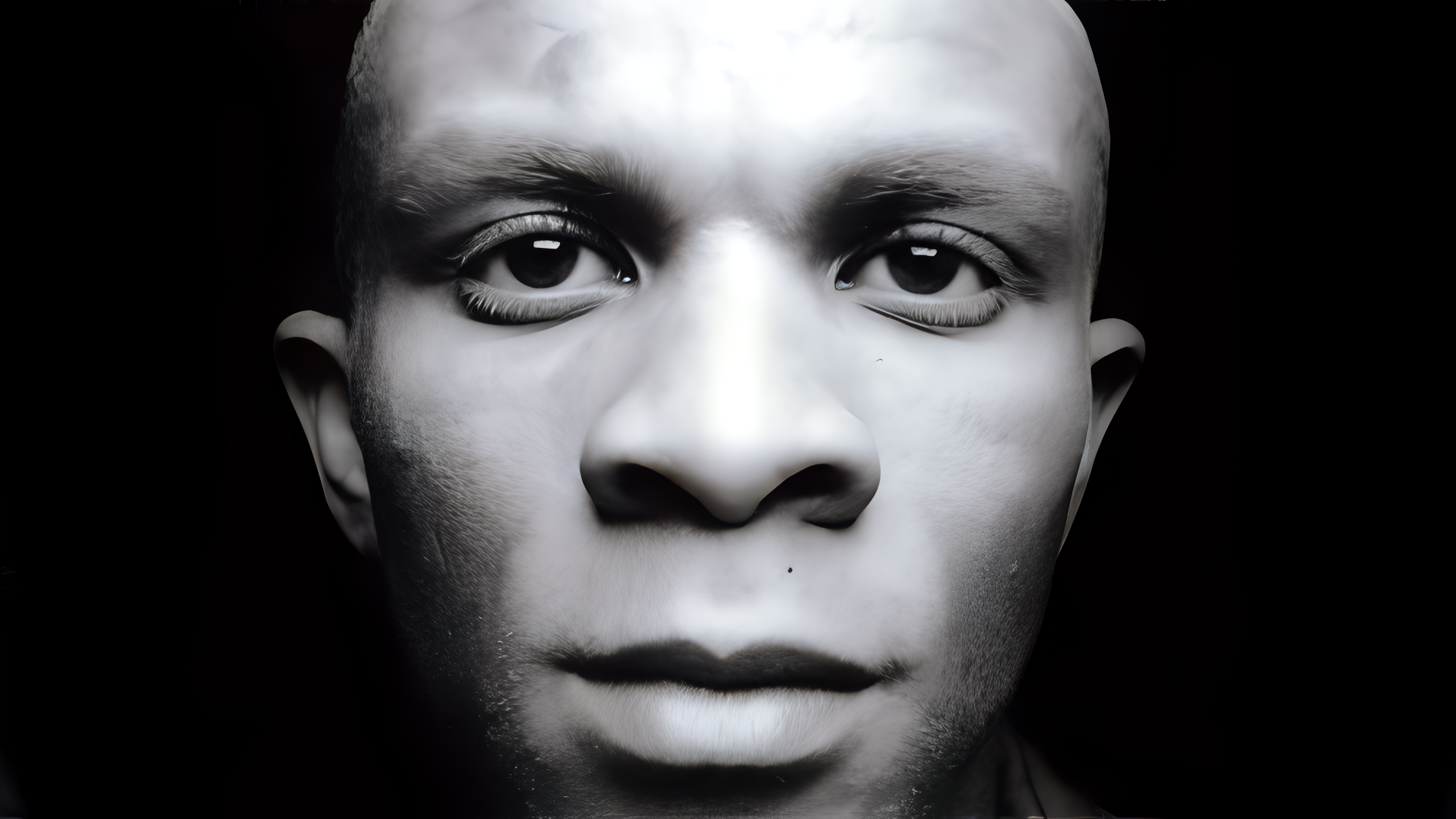
I was asked why I had “cut off the tops and bottoms of the heads” by some people, including my own mother. Based on this principle of balance, of what is in the picture, and what is not in the picture, the idea was, that the beauty inherent in every human face is all that would remain.

Well that may sound very art school, but we really are pre-wired to react to faces, and their expressions. They may well be the most interesting things anybody can photograph. Imagine watching a movie or a TV show without one. It would be difficult to stay emotionally engaged.

For the most part, it’s how we choose a mate. A happy face can make us happy, and an unhappy one can make us unhappy, and so on. They have more of an effect on us, as a species, than any other animal. Dolphins are very smart, but it’s harder for us to tell if they are happy or sad.
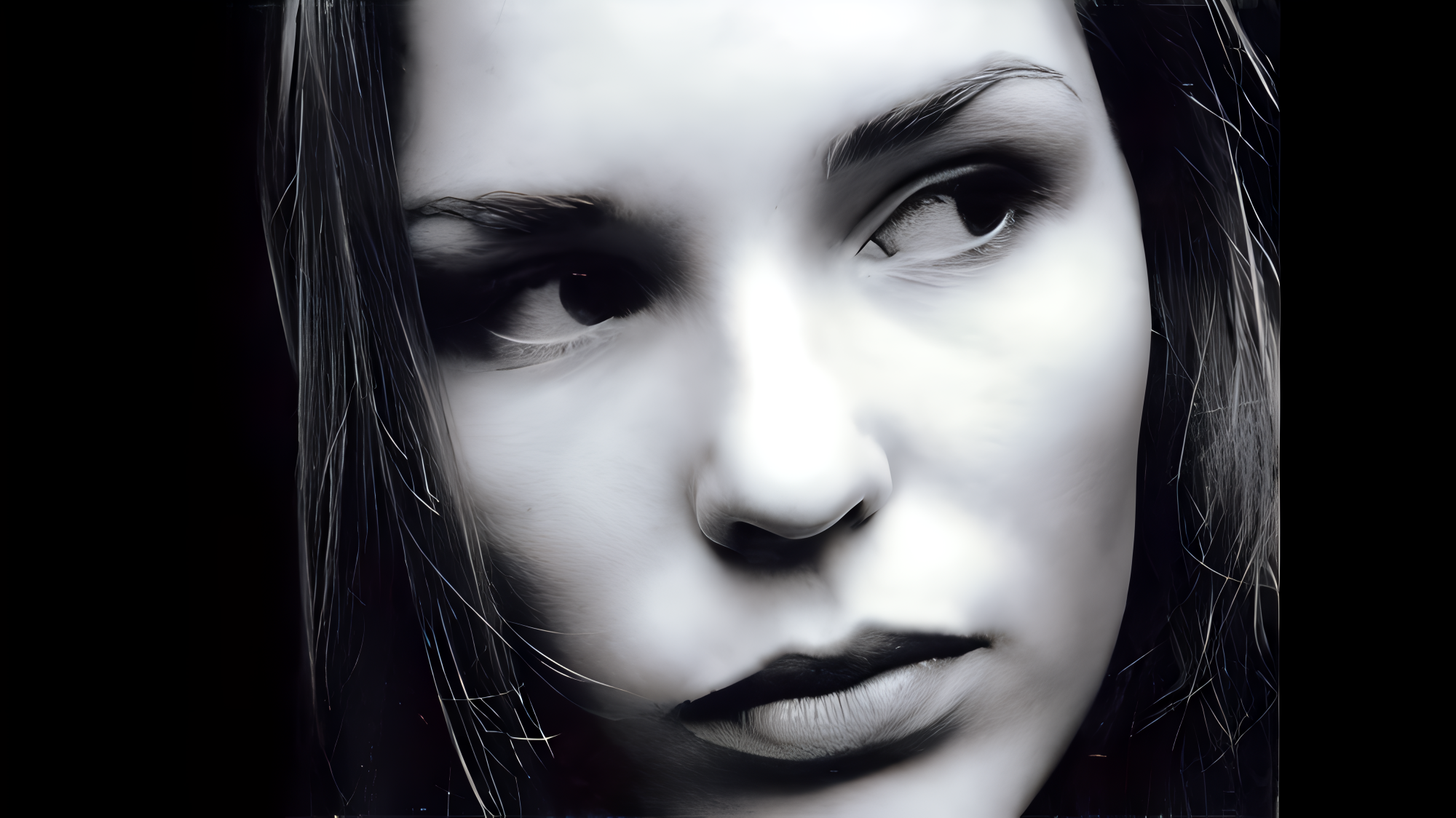
The fact that faces are of interest to us, is not likely to change soon. What will change, are the kinds of faces that are of interest, and the expressions that will be on them. Whether familiar, or strange, I believe that most of us would be driven to madness, if we could never see a face again.
Polaroids of Sarah 1999
SX-70 Polaroids are the classic instant photographs that the camera spits out immediately after taking. They were extremely convenient compared to previous Polaroid formats, though it eventually became a specialist film, in favor of the relatively economical if less convenient, 35mm format. Polaroids remained the de facto standard for passport photographs and similar applications because of their uniformity, and before digital photography arrived, 669 Polaroids were used by professionals to test exposures before shooting on film. When I was an assistant, the daily Polaroid budget was more than my wages.
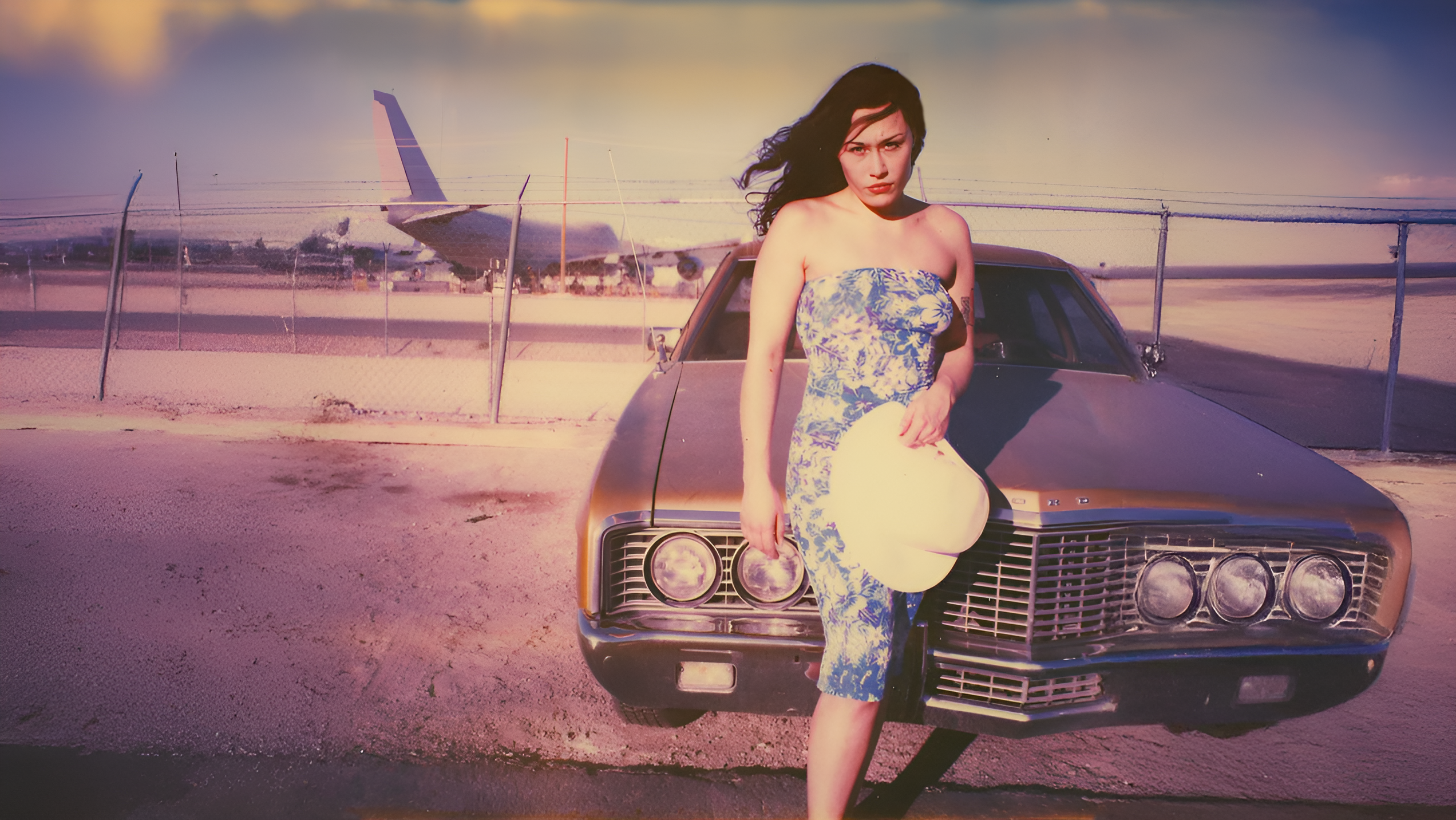
I took thousands upon thousands of Polaroids as an assistant. The 669 Polaroids were peel-apart, and they had a strange smelling paste which developed the picture. The Outkast song is mistaken: shaking a Polaroid picture does not make it develop faster. Temperature does. While shooting on location in the freezing cold weather of England, I had to put the Polaroids under my arm and clothes, strange smelling mystery paste and all, so the film would develop. We had to make sure the exposure was correct. There could be a lot of people to coordinate on a big shoot, and often just one opportunity to get a result.
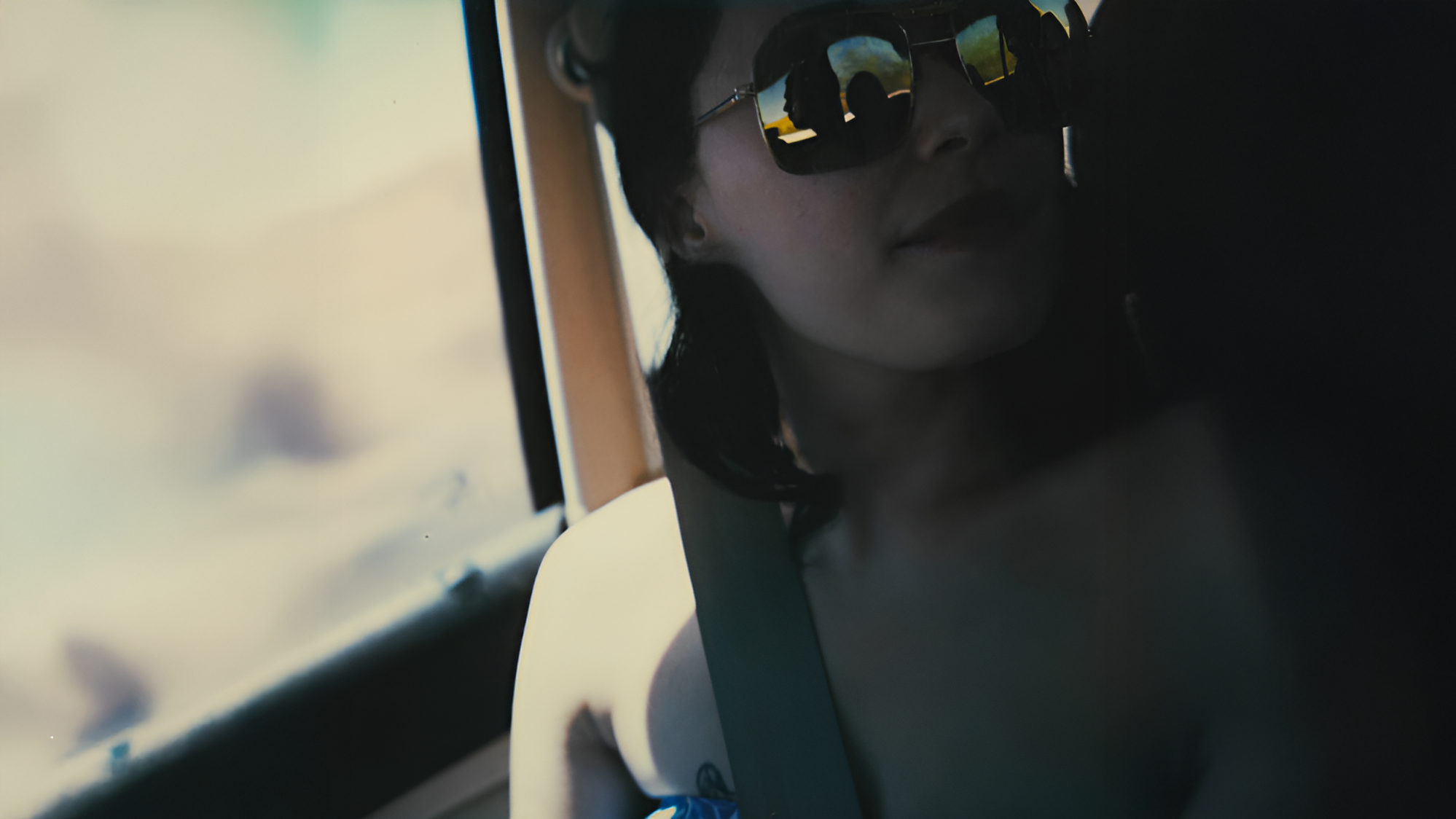
I bought my first SX-70 camera in 1999 from Samy’s Camera in Hollywood. Compared to 669s, they were easy to operate. One button and the whole process was automatic. I just had to wait a minute or two, which was a unique experience all by itself. So easy was the whole process, that it encouraged a ‘shooting from the hip’ style, and eventually, I stopped looking through the viewfinder. Of course, digital photography has changed the way we see the value of pictures. With film, every picture really did cost money to produce. More importantly, it was one more picture that couldn’t be taken before the film ran out.

Unlike medium format or even 35mm film, I could photograph subjects with little to no preparation, but I still photographed the same things that I’ve always photographed: the people I love, just more casually and spontaneously. I’ve had various muses as a photographer - my brother, my close friends, my lovers and even total strangers, but the person that I’ve photographed more than anybody is Sarah. I could say that she is photogenic, but truly she looks just as good in real life too. She is walking art, and all I had to do to make good pictures was point the camera in her direction and press the button.
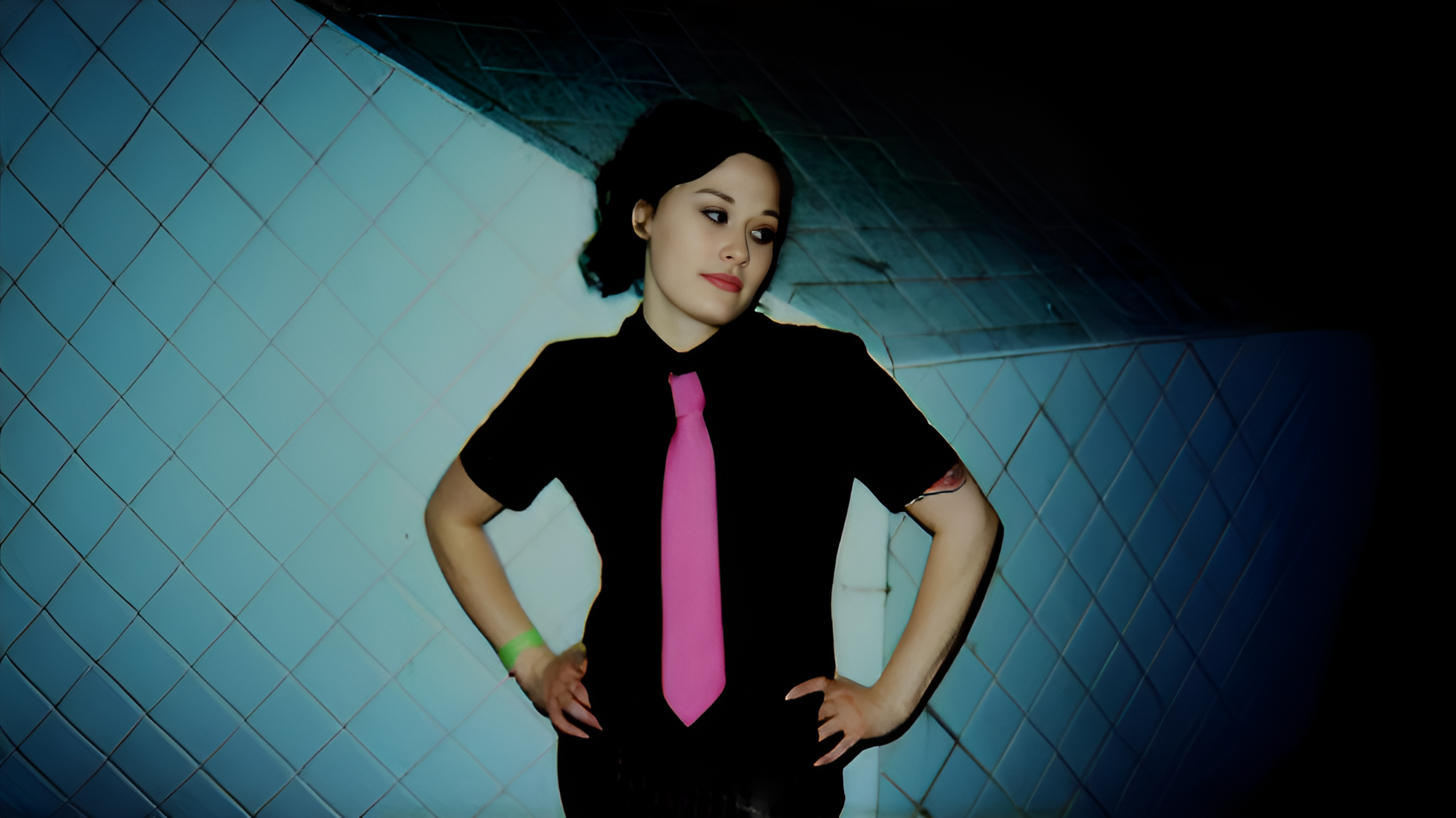
And I did, constantly, recording my favorite moments. I believe an ‘artist is as artist does,’ creating pieces without knowing why, or knowing whether or not the work has an audience. He or she produces out of reflex, or obsession, or whatever it might be that compels them to ‘make something’ only for the sake of making something. Supposedly, Vincent Van Gogh never sold a painting while he was alive. Today, the world regards him as the greatest painter in history, if market price is the measure of value. According to the old axiom, “you can’t take it with you,” but you can leave anything you like behind.
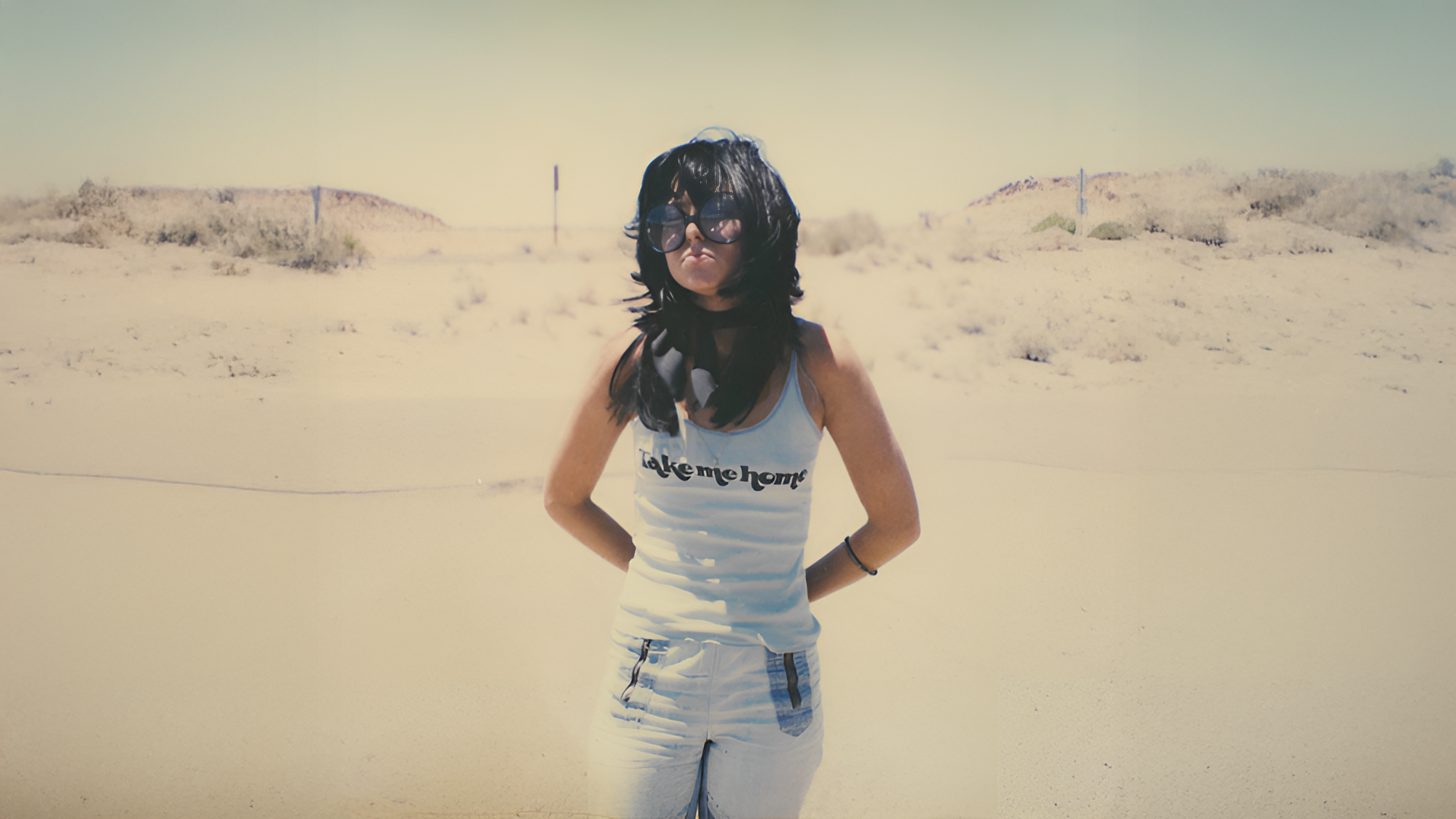
This was another living work of art, Jade, speaking here with her clothes. She wasn’t happy that day. I won’t say why she wasn’t happy, or why she said she wasn’t happy. It’s not important, and even if it was, I wouldn’t say. Not every story can be told. In fact, the best and the worst stories may be the ones that should never be told, and I won’t say which one of them this was. One thing is for sure, she was unhappy, and she let me know about it, as usual. We were best friends, and she wouldn’t have let a little something thing like being unhappy stop us from hanging out, or else we may never have hung out at all.
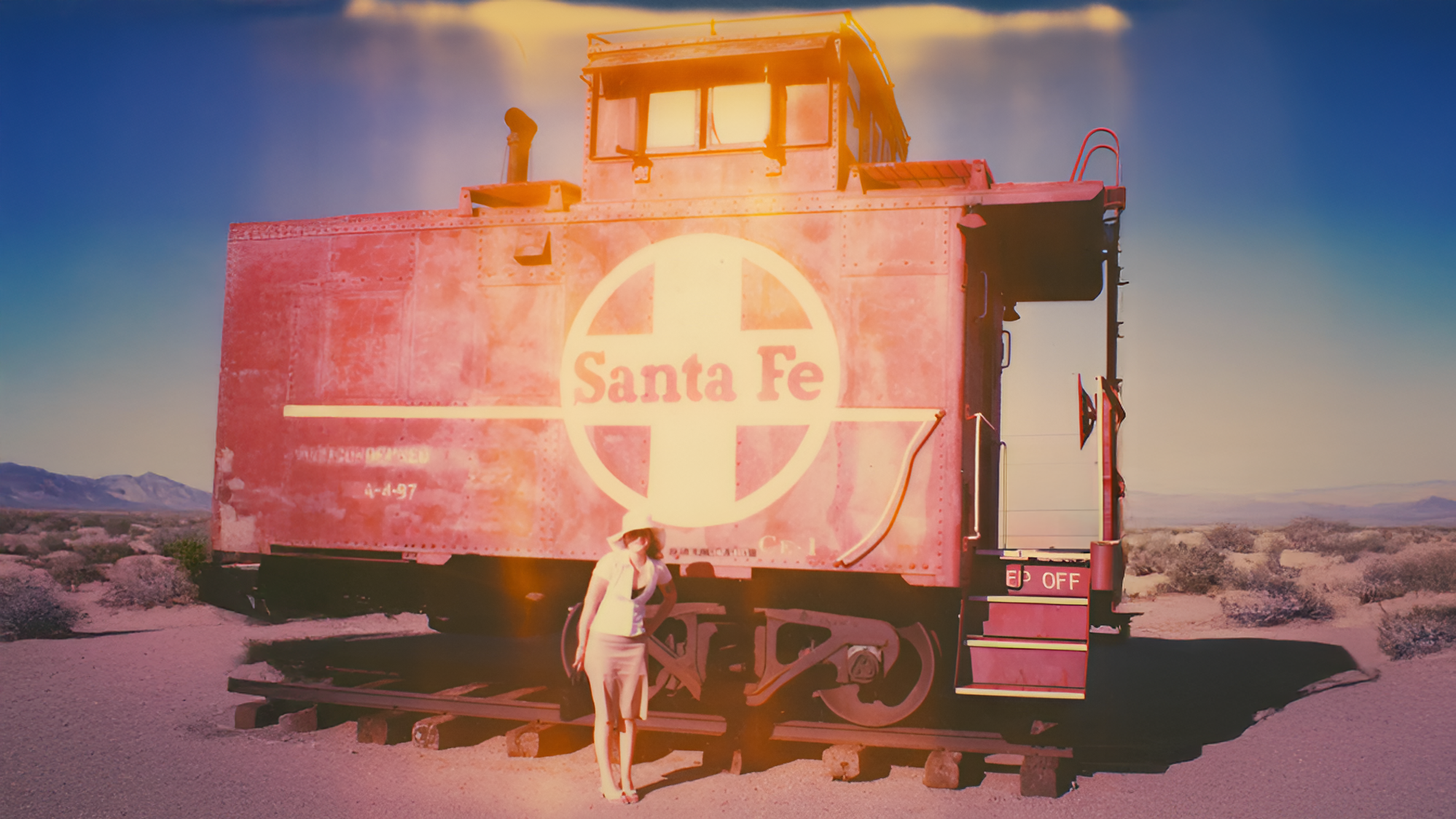
Jade was my best friend, not my muse. My camera-down, feet-up, music-switched-on, bong-out, friend. We hung out every day, in between all the other things people do, like going to work, and doing laundry. The people that you spend time with in between doing those things are your friends-friends. Jade was my friends-friends. Not because I didn’t find her attractive. She was extraordinarily beautiful. She poured out oration like a classic Hollywood movie star, with her two-pack-a-day growly voice: a genuine rock n roll artifact with a tempestuous temperament. Jade turned the everyday into the spectacular.
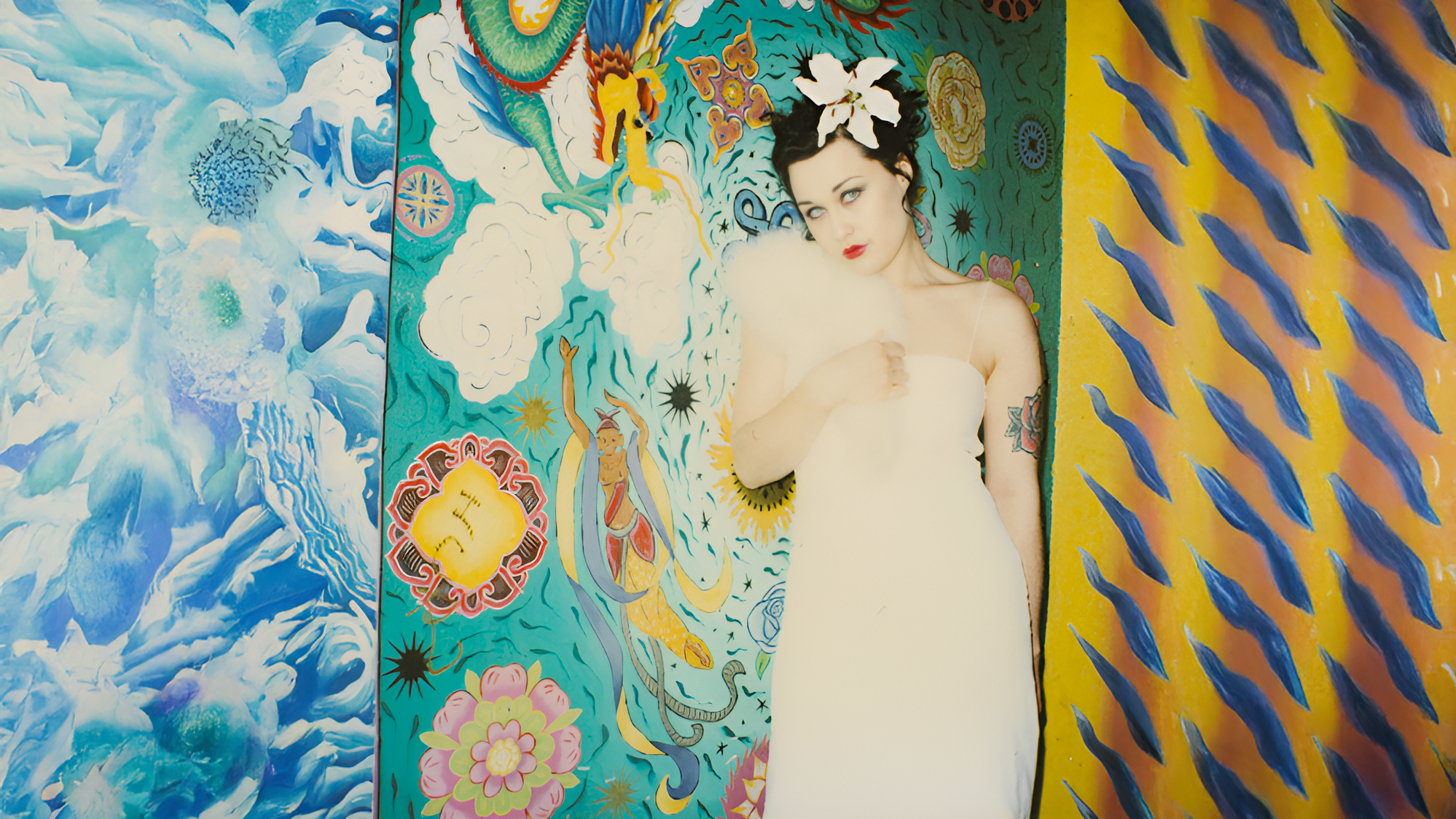
Jade used to scream at me when she didn’t have pot. In the days that I was still using a cell phone, she would phone me up to shout, for sympathy, or something to do, while she couldn’t smoke. I like to smoke too, but she is the only person I’ve ever known to act that way. If anybody else were ever to do the same, I would put the phone down and never answer their calls again. With Jade, it had no effect on me. I was never sympathetic to her whining, which could explain why she also chose me as her friends-friends. To me, Jade was a performance artist, expressing herself with every breath. She was theater.
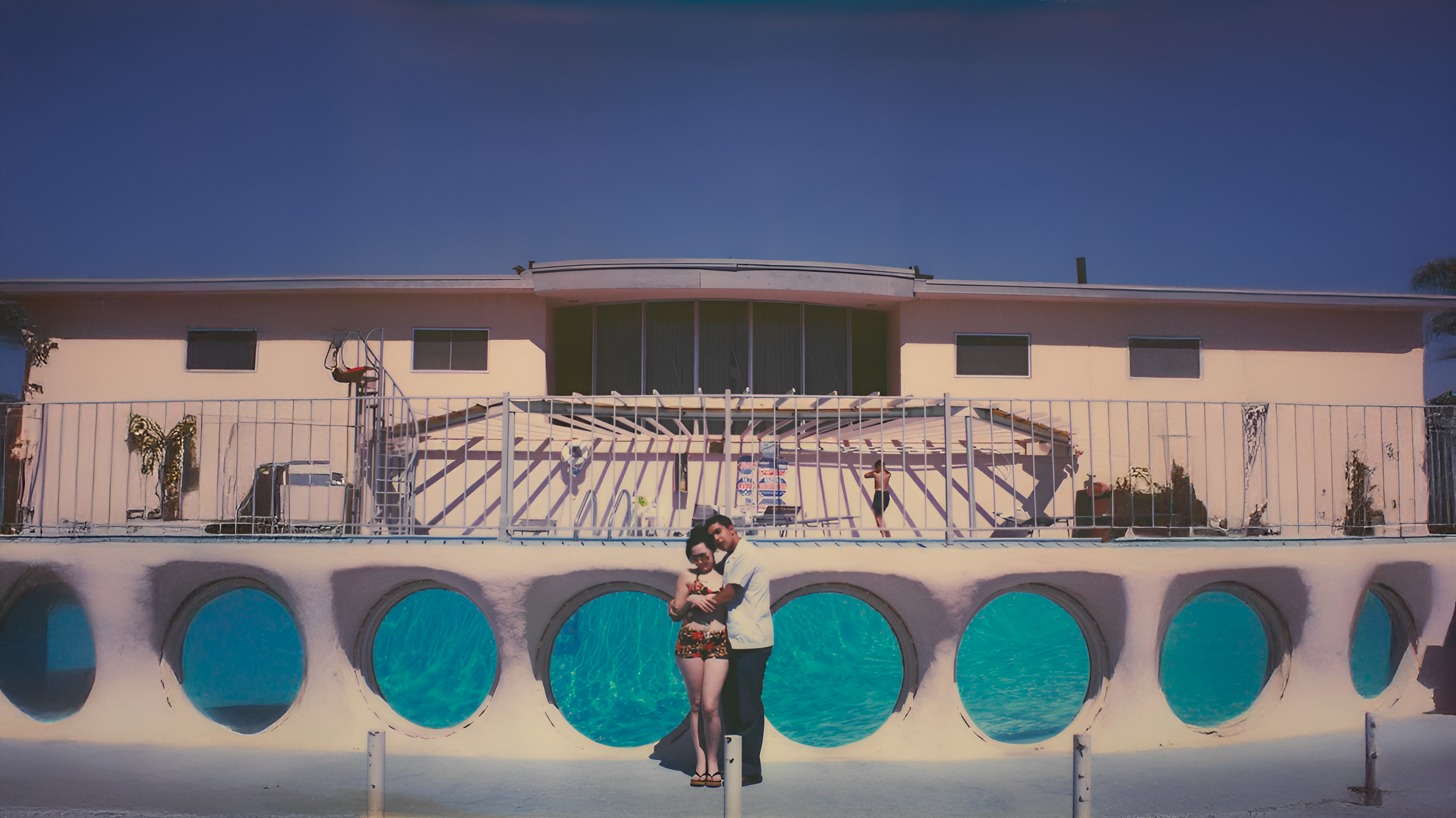
I wasn’t the only one to appreciate Jade. Plenty of people put up with her jagged edges, to be able to be close to her. Everybody was enchanted, whether they were girls or boys. Jade waitressed at a bar, and her boss would send her out, or home, to smoke pot if she became agitated, in the hope that she would return in a tolerable mood. There was never a question of firing her, or making her behave reasonably. She could as easily be influenced as the tides or the weather. Knowing Jade meant knowing to love her unconditionally or not at all. The reward was, occasionally, a glimpse of a mischievous smile.
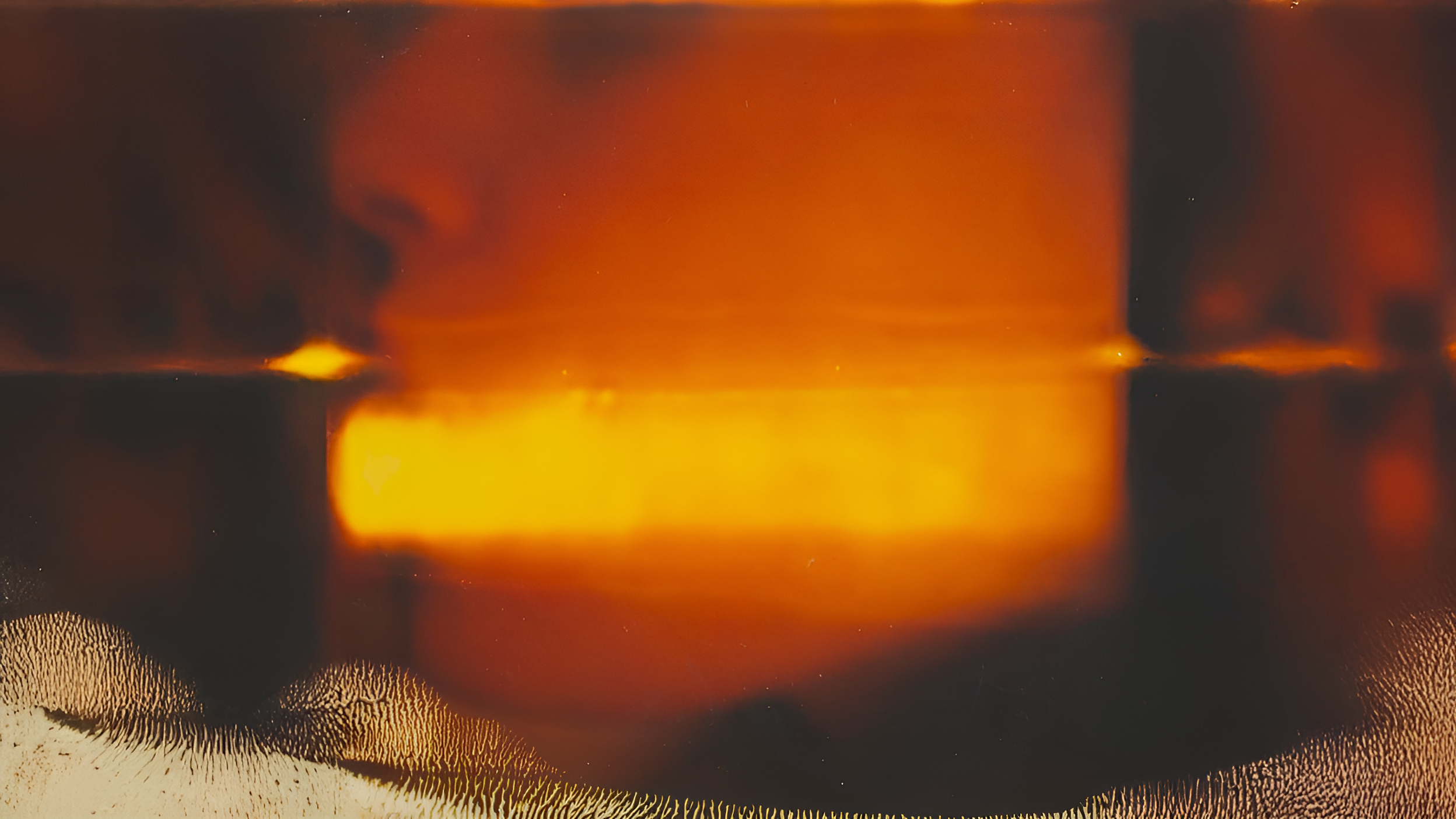
I married Sarah, in Las Vegas. Elvis performed the ceremony. We vowed never to take our blue suede shoes out into the rain. Jade was my witness. We had a party with our friends at the Honeymoon Suite at the Glass Pool Inn, a filming location for Indecent Proposal, Casino and Leaving Las Vegas, which was also CGI rendered by Tim Burton for The Killers’ music video, "Bones." We spent the night in a hot tub with our friends. We had lots of champagne, and many other things besides. We made some of those stories that should never be told. Jade was happy, and this made her unhappy. Her words, not mine.
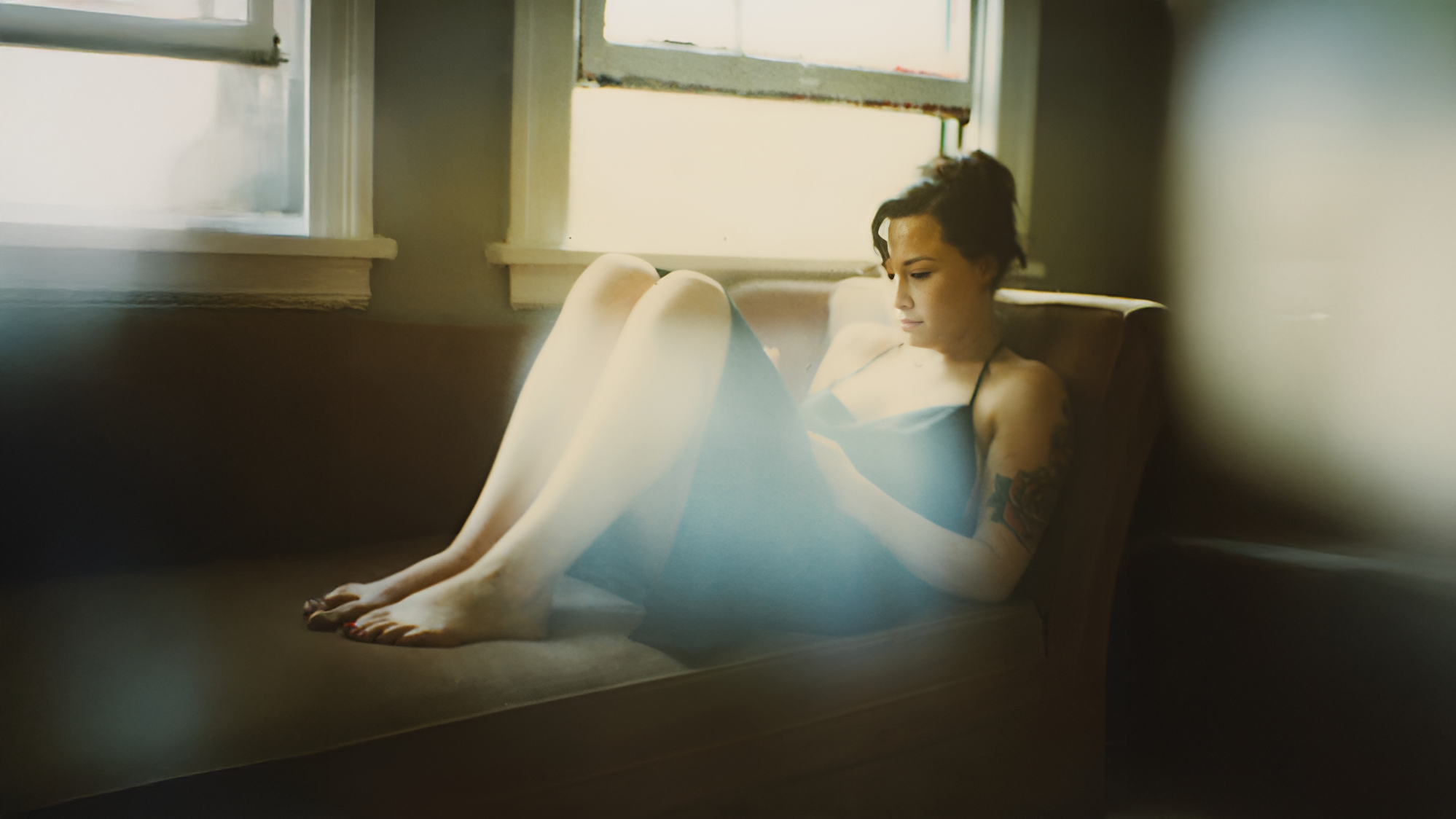
Jade married too, to a man in a rock n roll band. Everything changed, as it always does. They moved to the desert. This was a time before the internet, and facebook, in a world where people could lose touch. It’s hard to imagine such a majestic creature sitting at a computer, staring at the monitor, typing. At least it’s hard to imagine her doing that, without smashing the computer, periodically, and then, smiling one of those smiles. Perhaps the computer would be charmed into following her commands, out of a desire for self preservation, or love, like everybody else.
Pre-Phone Selfies 2003
The Coachella Arts and Music Festival was described as “The Best American Festival” by Rolling Stone Magazine and “Probably the best festival in the world” by England’s NME. I have to agree. The location is idyllic, and the line-up is usually what’s playing on my iTunes list: a nice combination of new music and old favorites which have aged just the right amount of time, like vintage wine. Coachella attracts the brightest stars from the relatively local city of Hollywood, as well as 75,000 music lovers (every day, for three days) from all around America, and from all around the world.
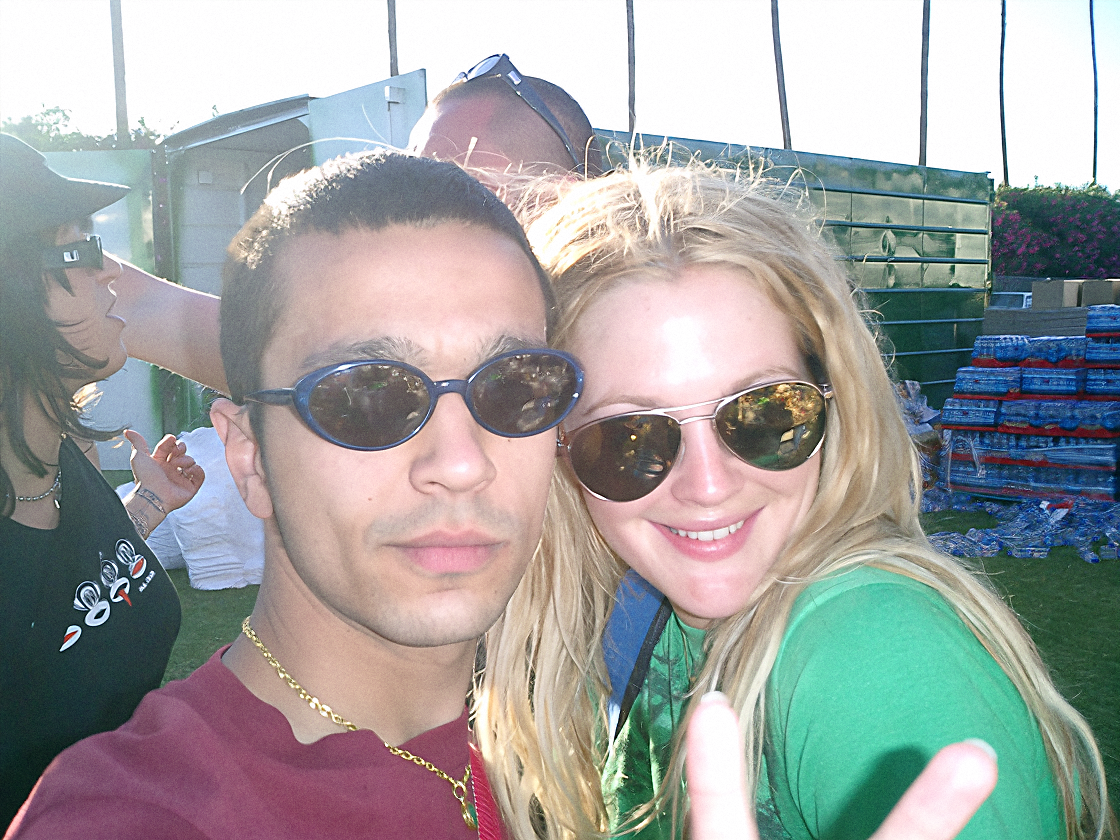
I don’t mind waiting for things, but I’ve never liked standing in line. It feels like I’m being herded, as if I’m a sheep. As I write this, today, so far, I have seen two long lines and walked away. One for coffee, one for pizza. For the coffee, I found another place with no line that sold good coffee, and instead of buying the pizza, I bought some groceries and cooked instead. I don’t wait at a red traffic light in the middle of the night either (please check for traffic first, if you decide to do the same). It feels wrong to submit to a metal box in the first place, and even more wrong at 3 am when there’s nobody around.
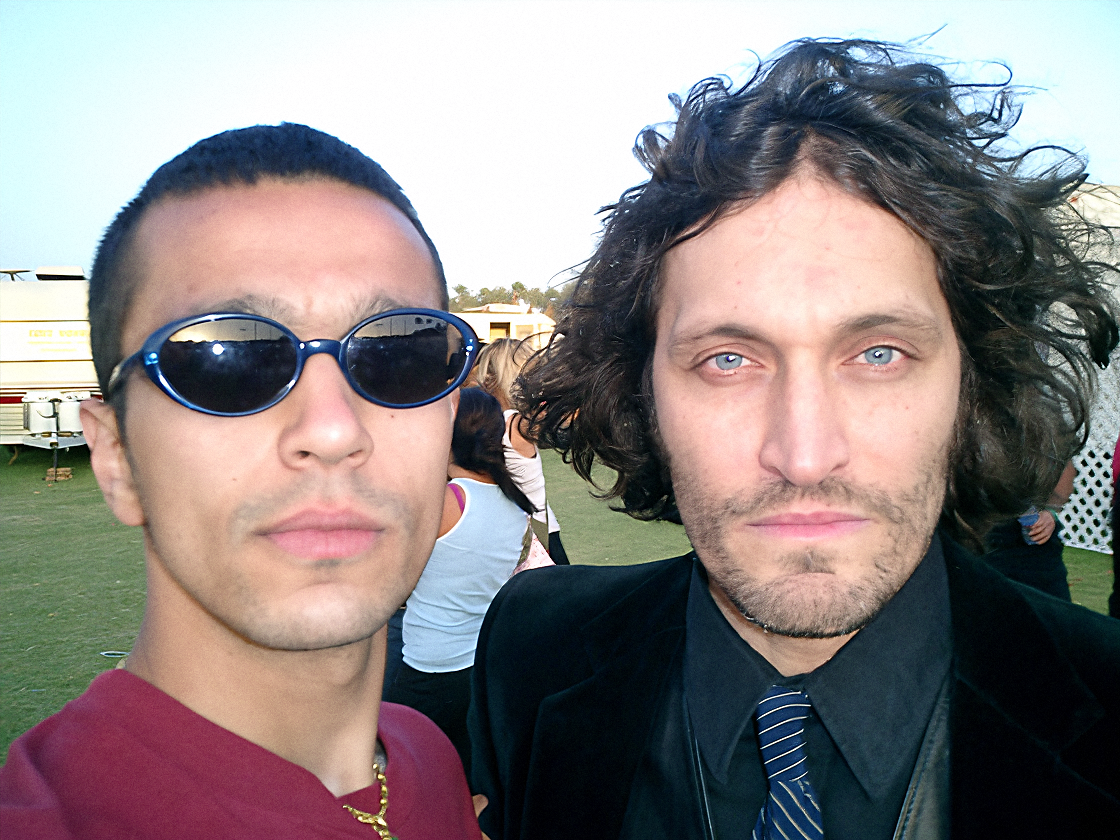
I wouldn’t want to go to Disneyland and wait three hours for a three minute ride, and I wouldn’t stand in line for Coachella. Call me a brat, but I have never stood in line to get into a bar, or a party, and yet, since my teenage years, I have still been to thousands of clubs, bars and parties. When I was 18 years old, I was a photographer for a UK house music magazine. They sent me around the country to take photographs at clubs and parties almost every day. It was like OK magazine, but for the house music scene. I was on every VIP list for every club, every night. I became quite spoiled.
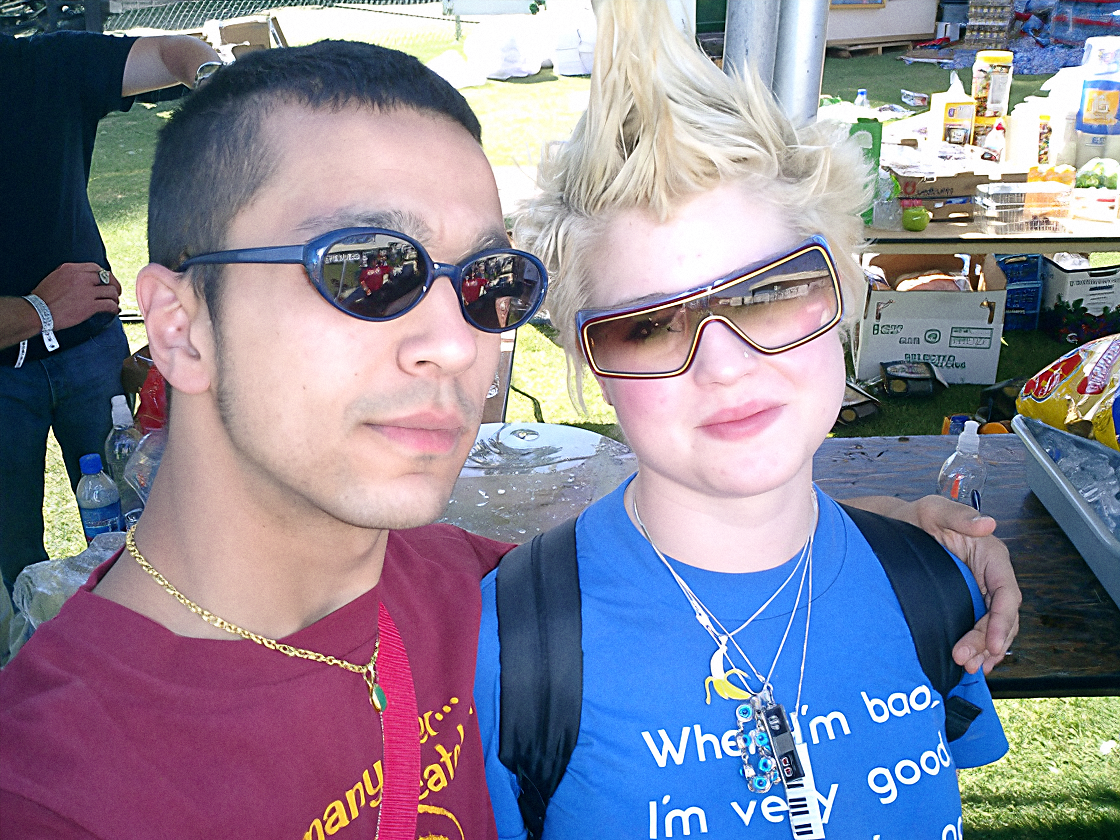
I continued to be spoiled when I started working at A&A Graphics (now APC), in Buena Park, also the home of Disneyland. It was hub for clubs, raves and parties in Southern California. They designed and printed almost everyone’s flyers and funded some of the biggest parties themselves, particularly the desert raves. A&A was a place for promoters to network, and spread the word about their parties. There were Technics decks throughout the building, with both designers and DJs spinning records constantly. Anybody that worked for A&A was on every VIP list, for every club, every night.

A&A doubled in size over the years. Then it doubled again, and then again. Now, APC is a much larger company, in a much larger building, which they have purchased after years of ever increasing business. Their success is well deserved. A&A may have once been a playground for adults, but only for those that could work hard, and work quickly. The studio was open 24 hours, 6 days a week, and the presses ran day and night. They still do. It was as busy at 3 am as it was at 3 pm. There were beds and showers for employees. It was loud, fast and unforgiving, and I loved every minute of it.
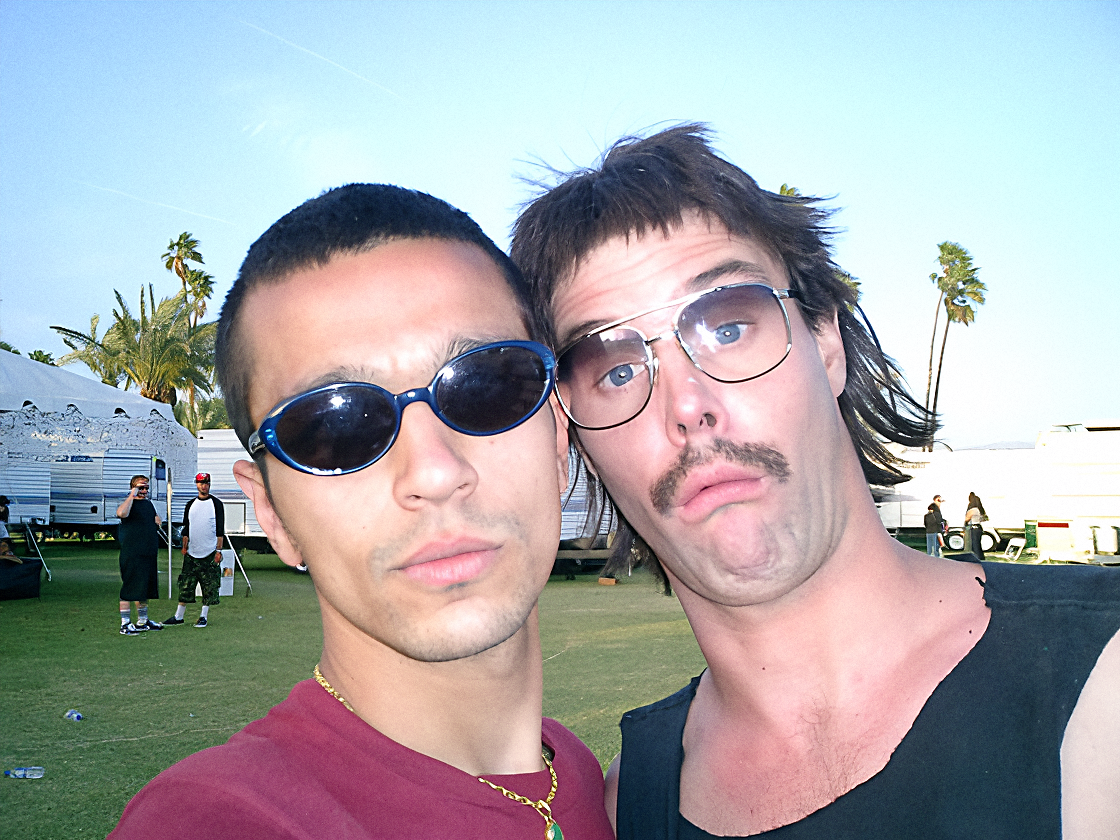
The working arrangements of the people at A&A were not typical of a normal company. Pressmen were on salary, but designers were independent contractors and got paid by the job. If they didn’t produce results they didn’t get paid. Designers wouldn’t get another job if they failed to produce just once, and they wouldn’t get another job if they didn’t deliver work of an acceptable quality. Designers were never fired; they were ignored and would eventually leave of their own accord. For the workers that survived this Darwinian process came the benefits of being part of a large and dynamic family.
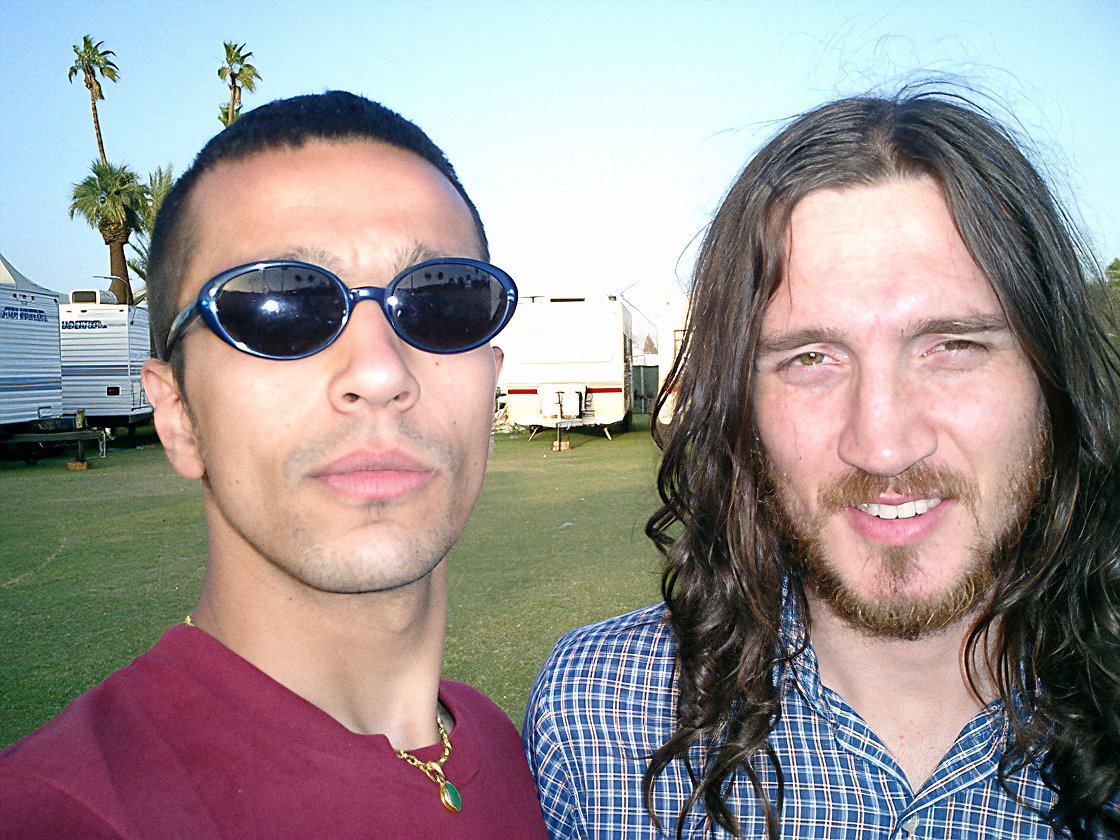
A&A Graphics produced the artwork and printed the marketing materials for the original Coachella Arts and Music Festival. Now, APC still produces the marketing materials, though now there’s a lot more of it, since Coachella became the best and biggest party in the world. The festival’s popularity also means that there were, and still are, countless photographers, film-makers and artists looking to score the much coveted Coachella photo pass. These people have to compete with representatives from the best and biggest of the world’s media, who are also looking to score the same passes.
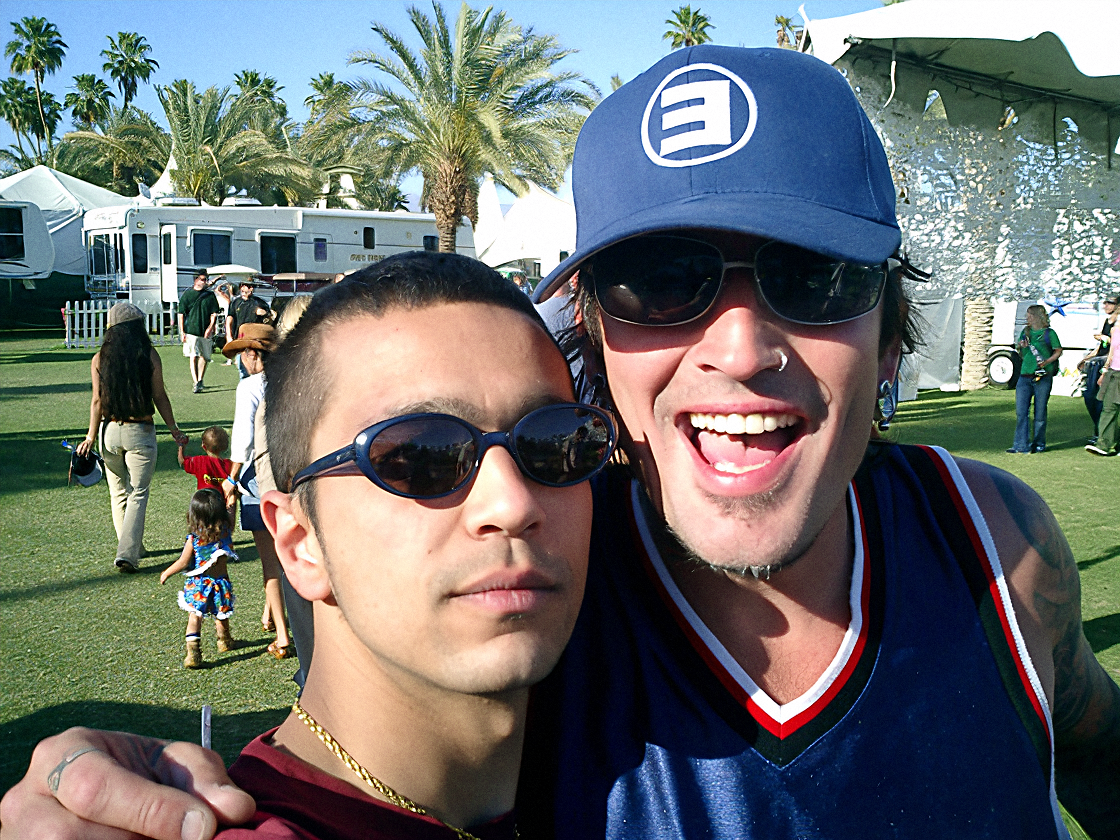
I got my photo pass, thanks to my friend Carlos, head of artist hospitality for Goldenvoice, producers of the Coachella festival. He made sure all the artists were accommodated and fed, as well as fulfilling the riders. A rider is a condition or special request from the performer. In the case of the Beastie Boys, they requested a meeting with Vin Diesel, which Carlos was either unable or unwilling to deliver. I was there when he looked at the request. “Fuck that,” he said. Carlos was as hard a worker as anybody I’ve met. He had a no-nonsense approach and military-like discipline.
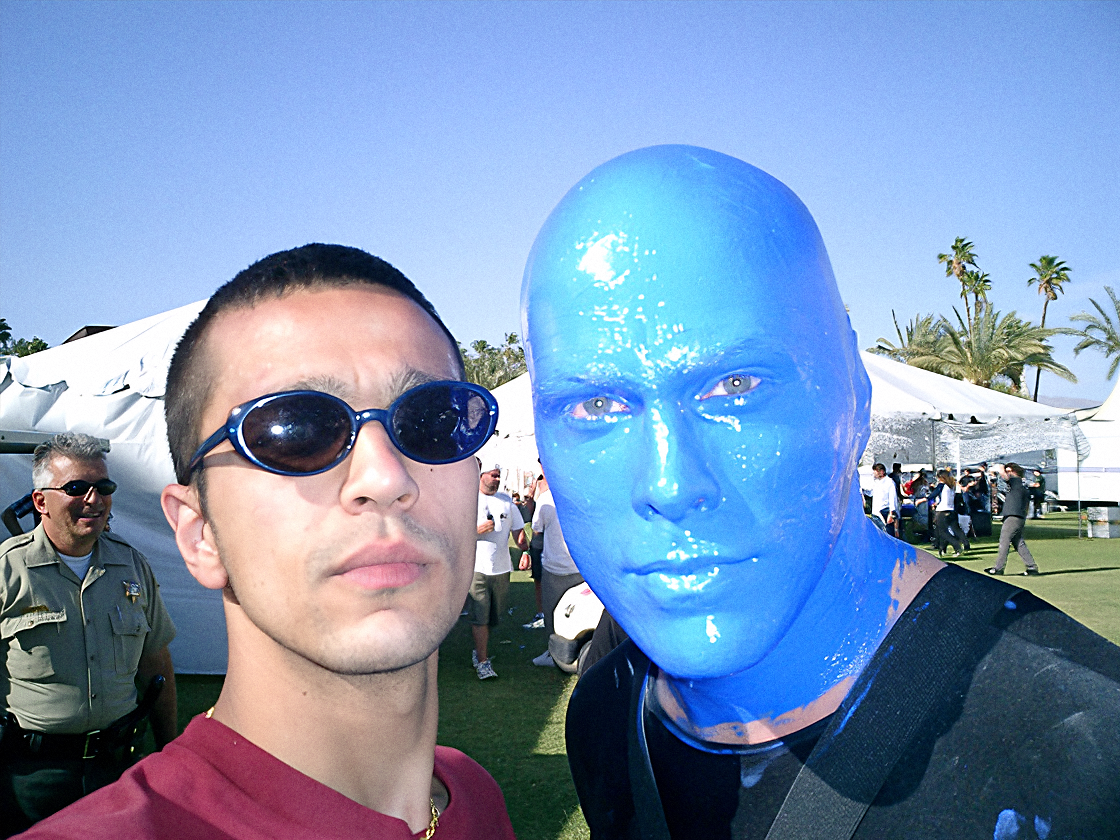
I was given an artists’ area pass, a photo pass, a camping pass, and a vendors’ pass. My arm weighed heavy with wristbands. I had seen Cameron Diaz a few different times around the festival, accompanied by Johnny Knoxville. “Dude! You’re everywhere!“ she exclaimed in the most Californian tongue possible. “Yes, I’m omnipresent,” I replied jokingly. “So, what’s with all the wristbands? I’ve noticed you don’t have this one,” she teased, and promptly flaunted her wristband in front of my face. It had Access All Areas on it. I pulled a frown. Suddenly my wrist band collection wasn’t as impressive.
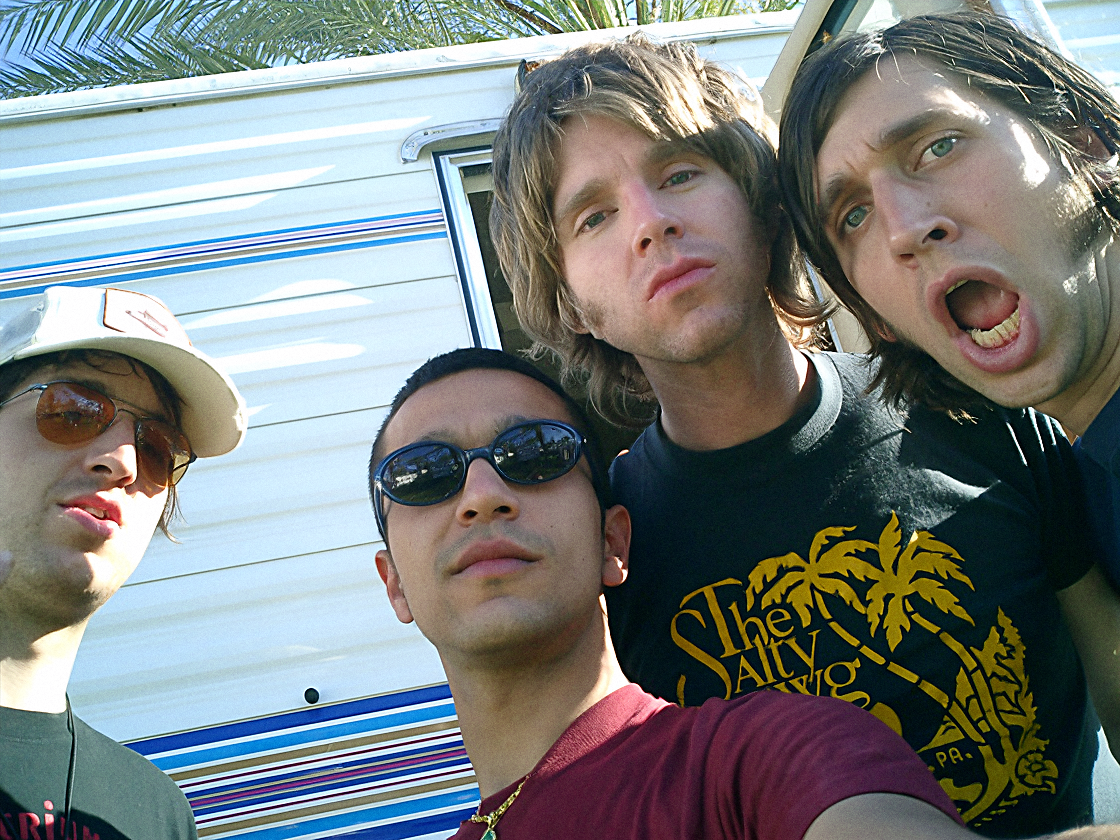
I took two cameras to Coachella. I’d recently made the switch to digital, with a Sony F-707 and a Casio Exilim EX-S2. The Sony was 5 megapixels (respectable at the time). The Casio was just 2 megapixels and fit snugly in my pocket. The Sony had a twisting back, so I could hold it directly above my head in the pit, with the viewfinder at a right angle, like a half-periscope. There were fifty other photographers in the same pit, all at the same time, competing for space. Most of them, with their SLRs, were frustrated at only being able to photograph the backs of each other’s cameras and heads.
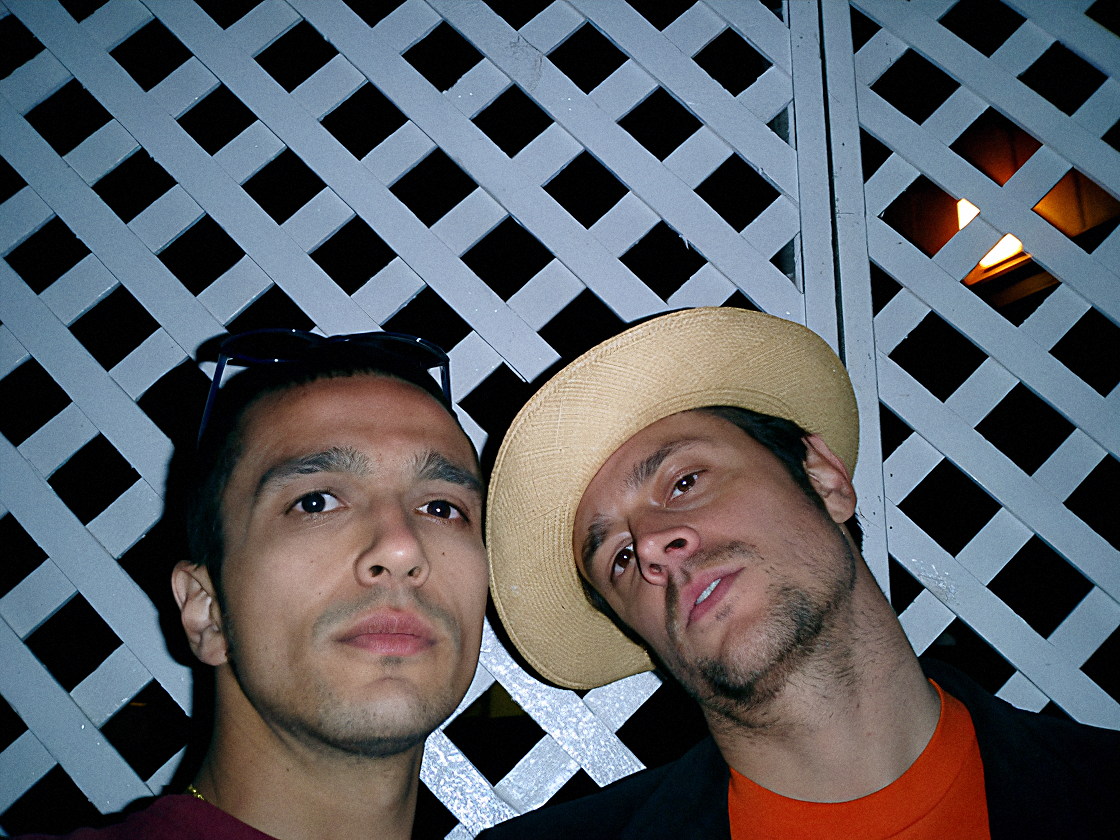
The Sony performed well, but the pocketable little Casio was my favorite. I was able to hold the camera backwards, automatically framing myself and whoever I was standing next to. The “me and a celebrity” photograph is a Hollywood tradition, and I had the opportunity to make quite a collection. These pictures were taken three months before myspace was launched, one year before facebook, and ten years before the word, “selfie” was added to the Oxford dictionary. These are images from a time just before a watershed moment in history, when the selfie would become a ubiquitous form of expression.